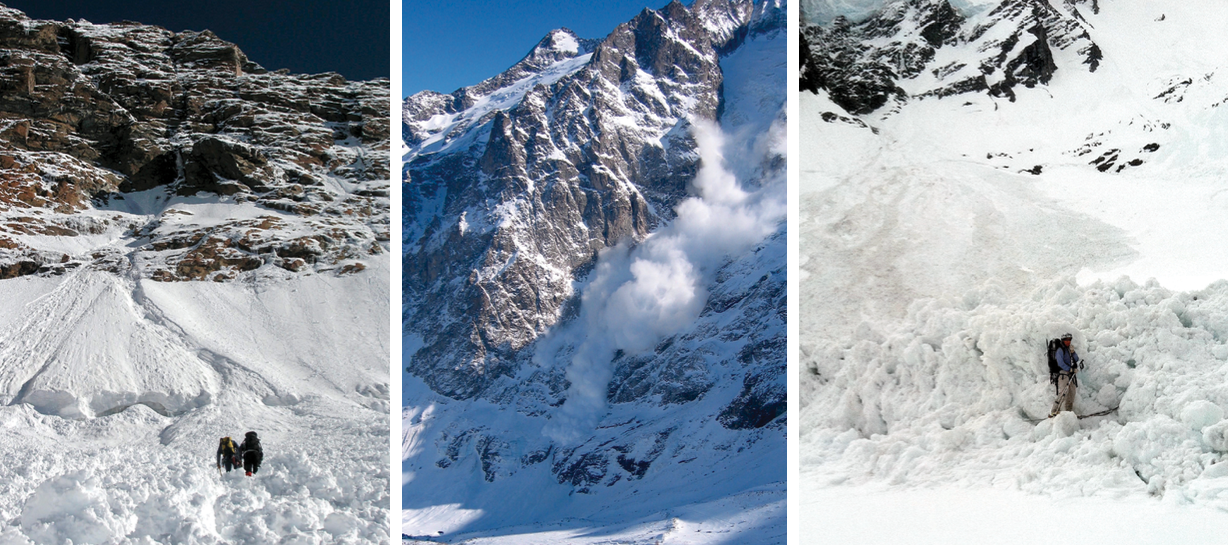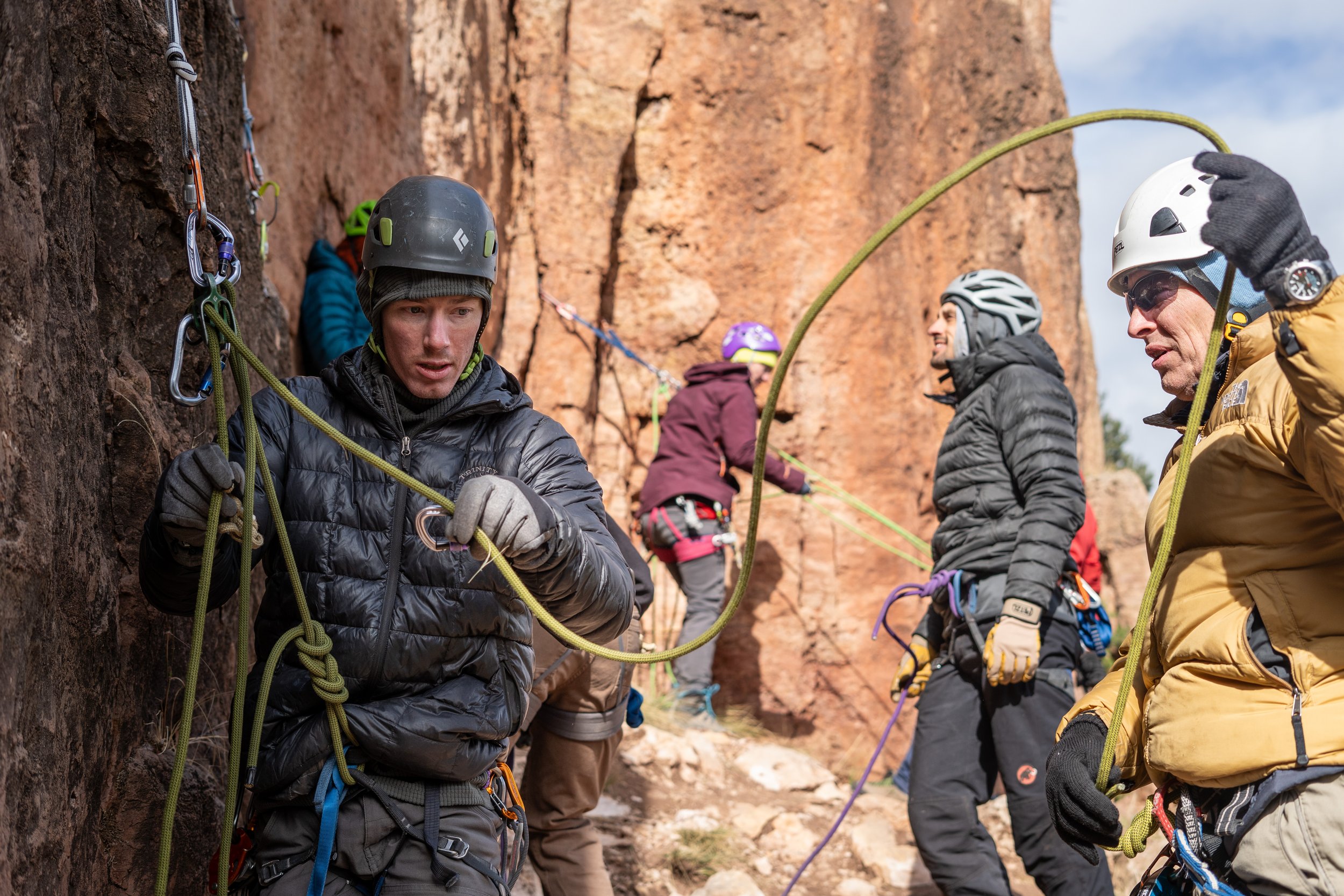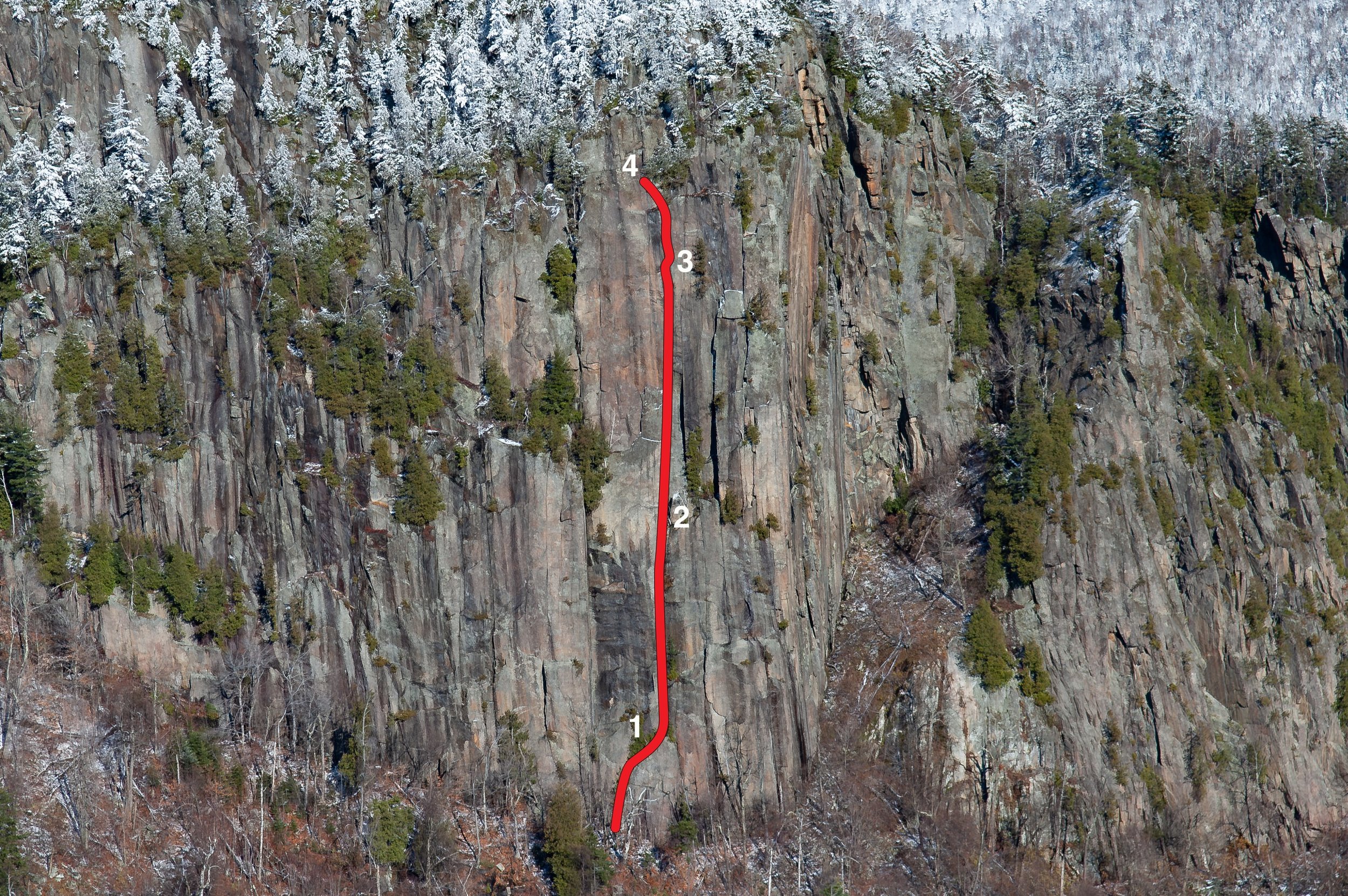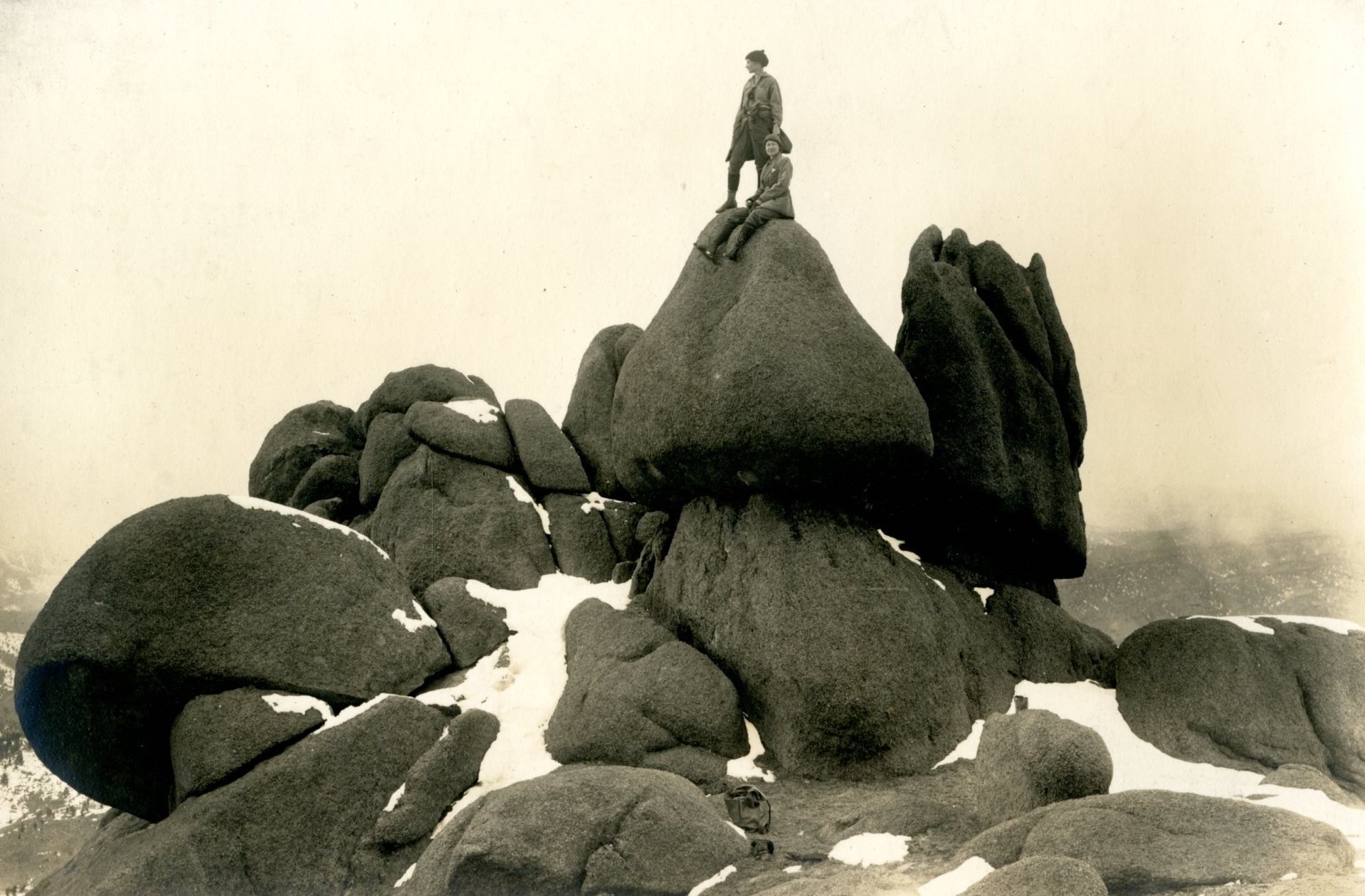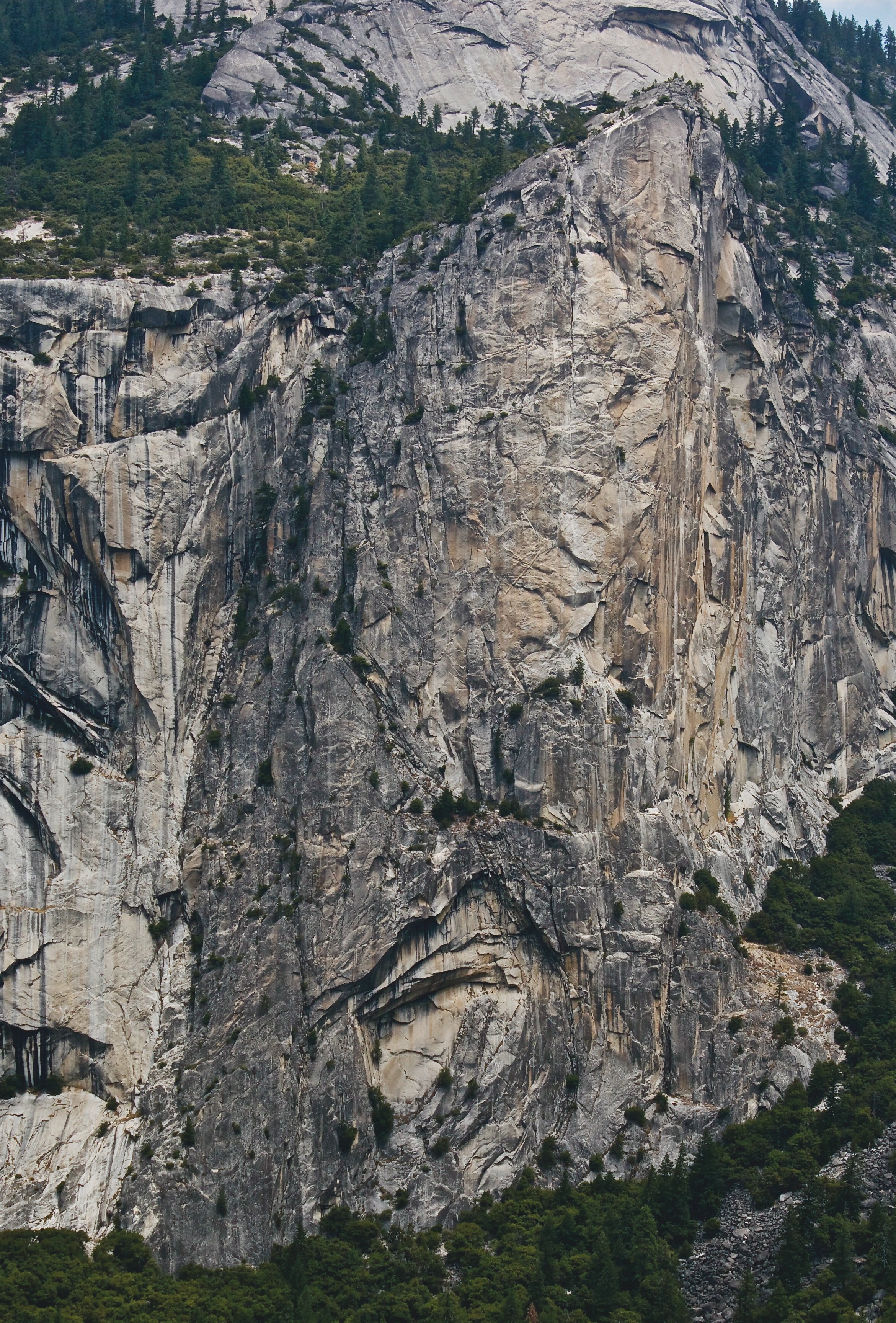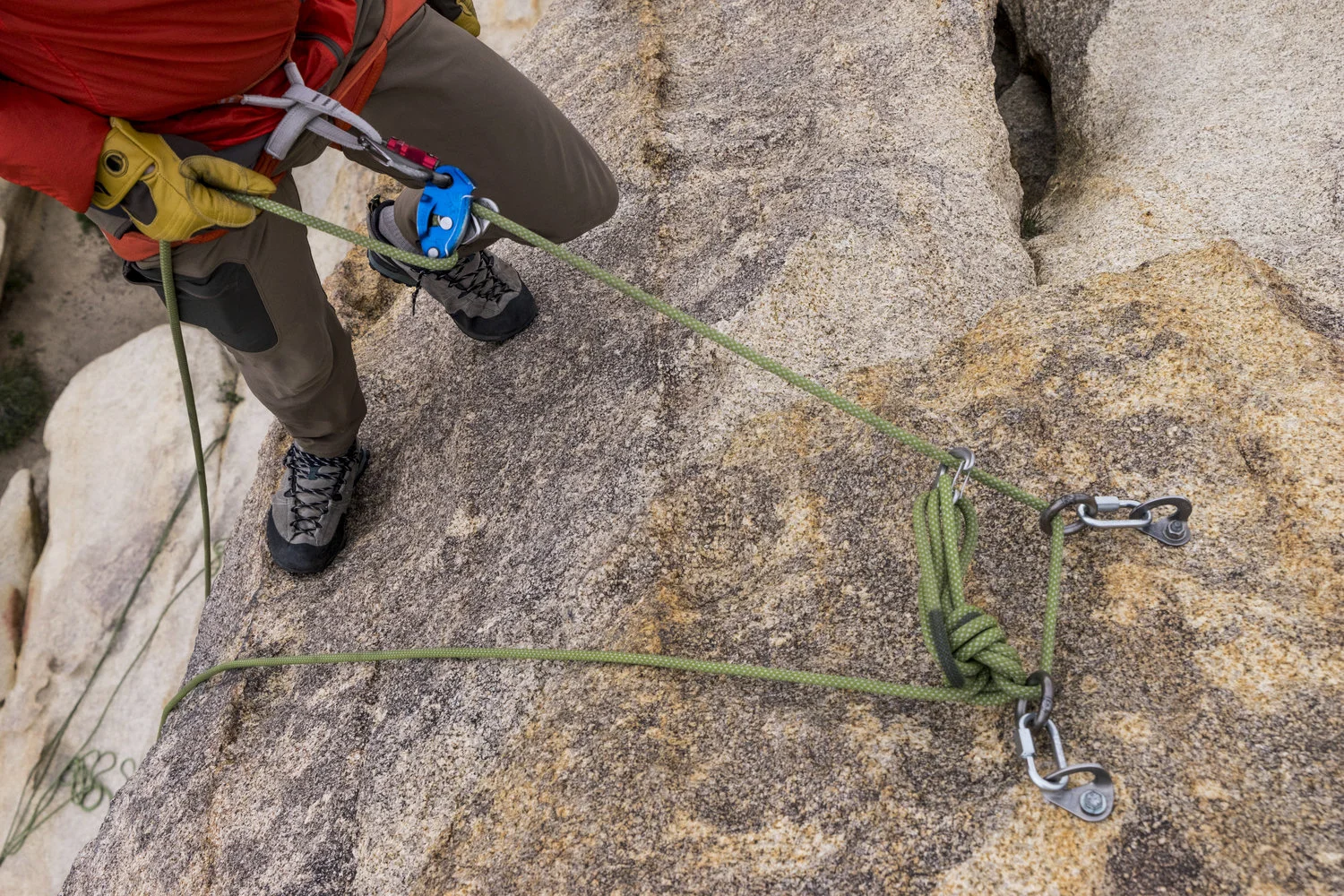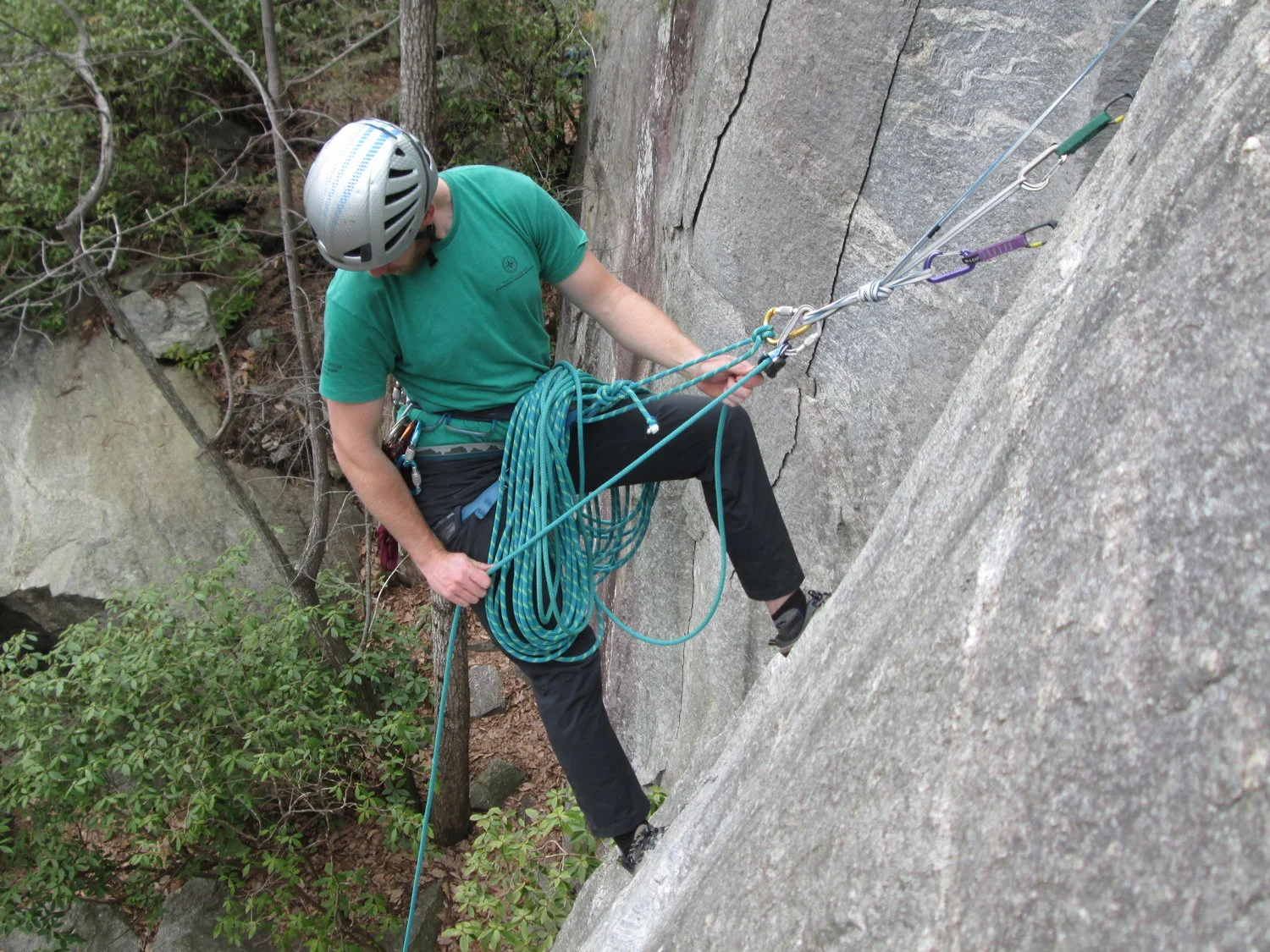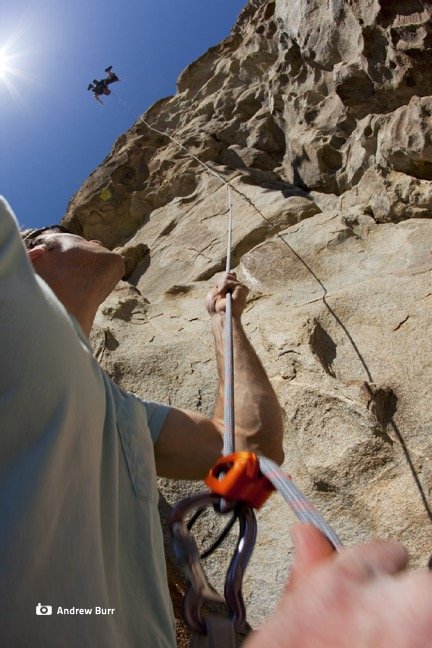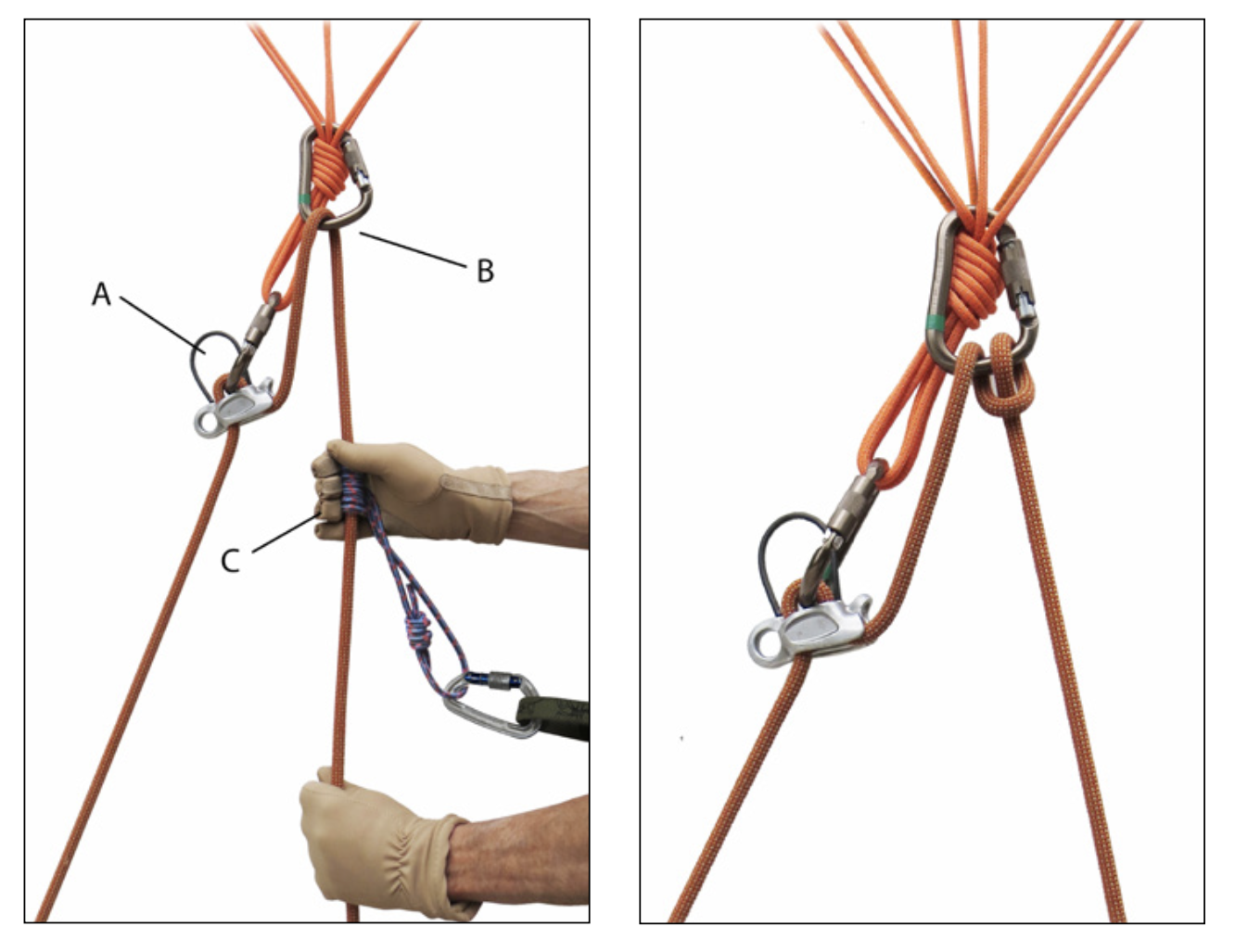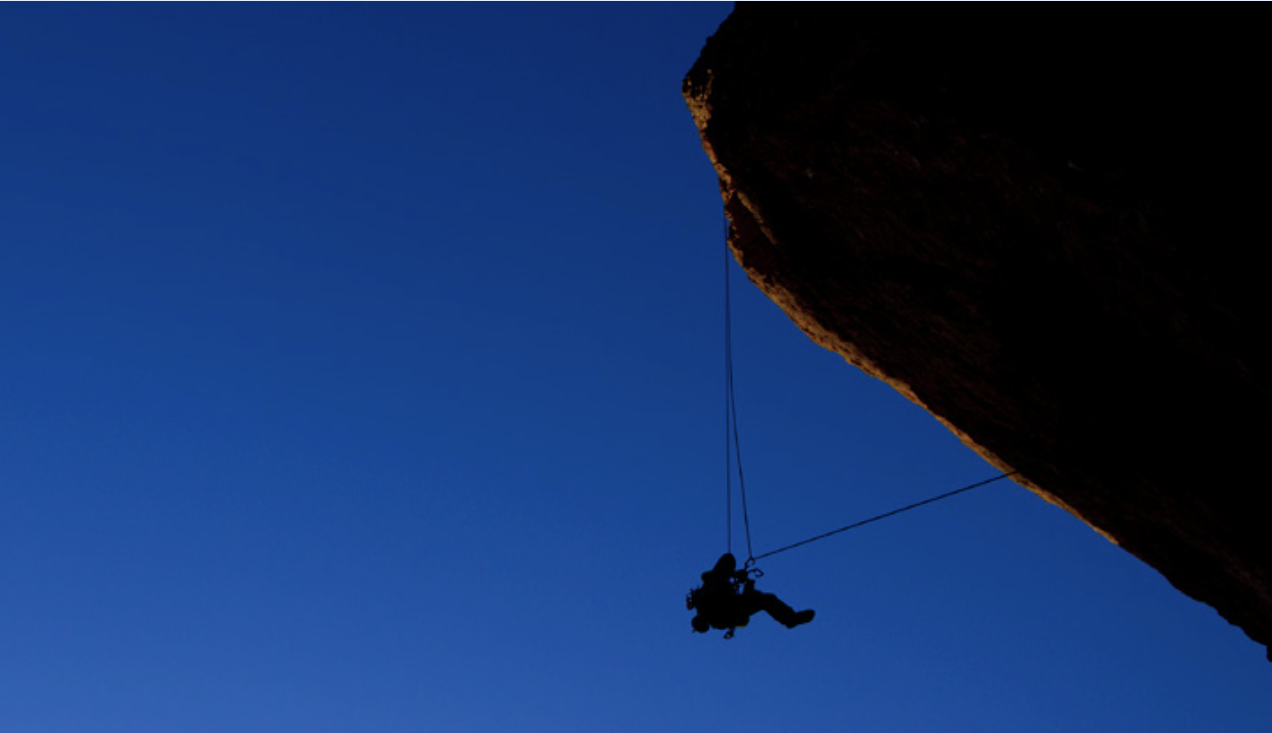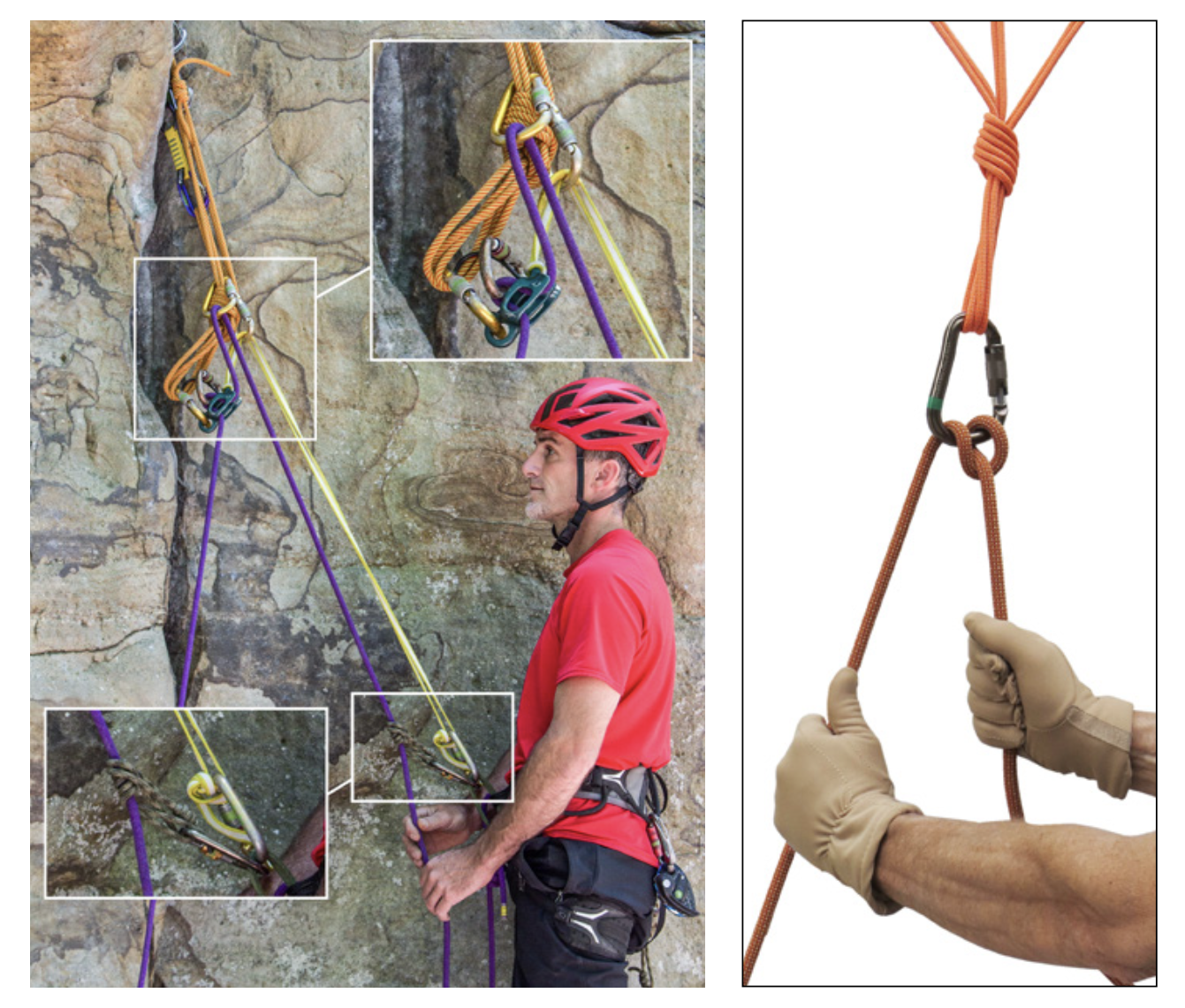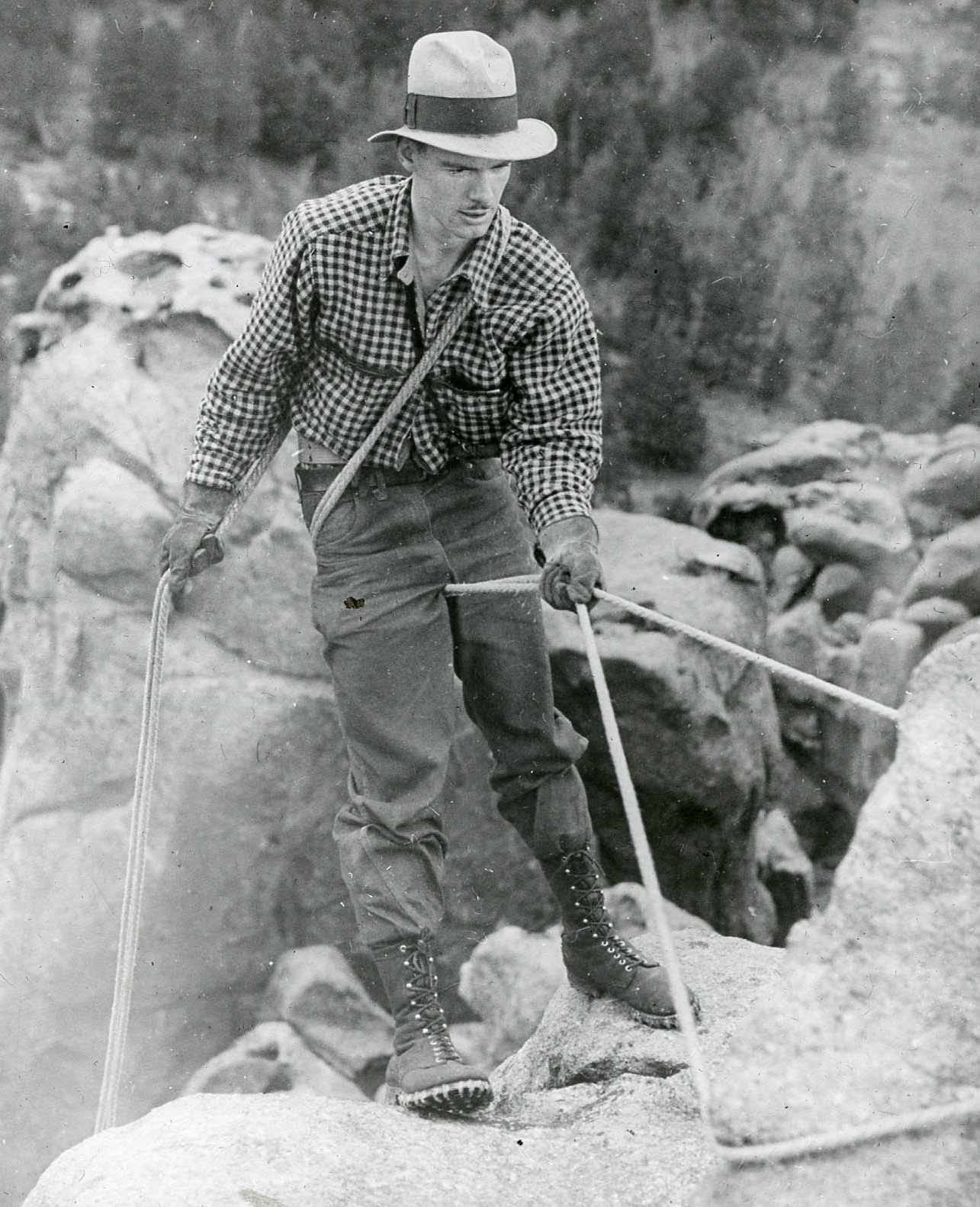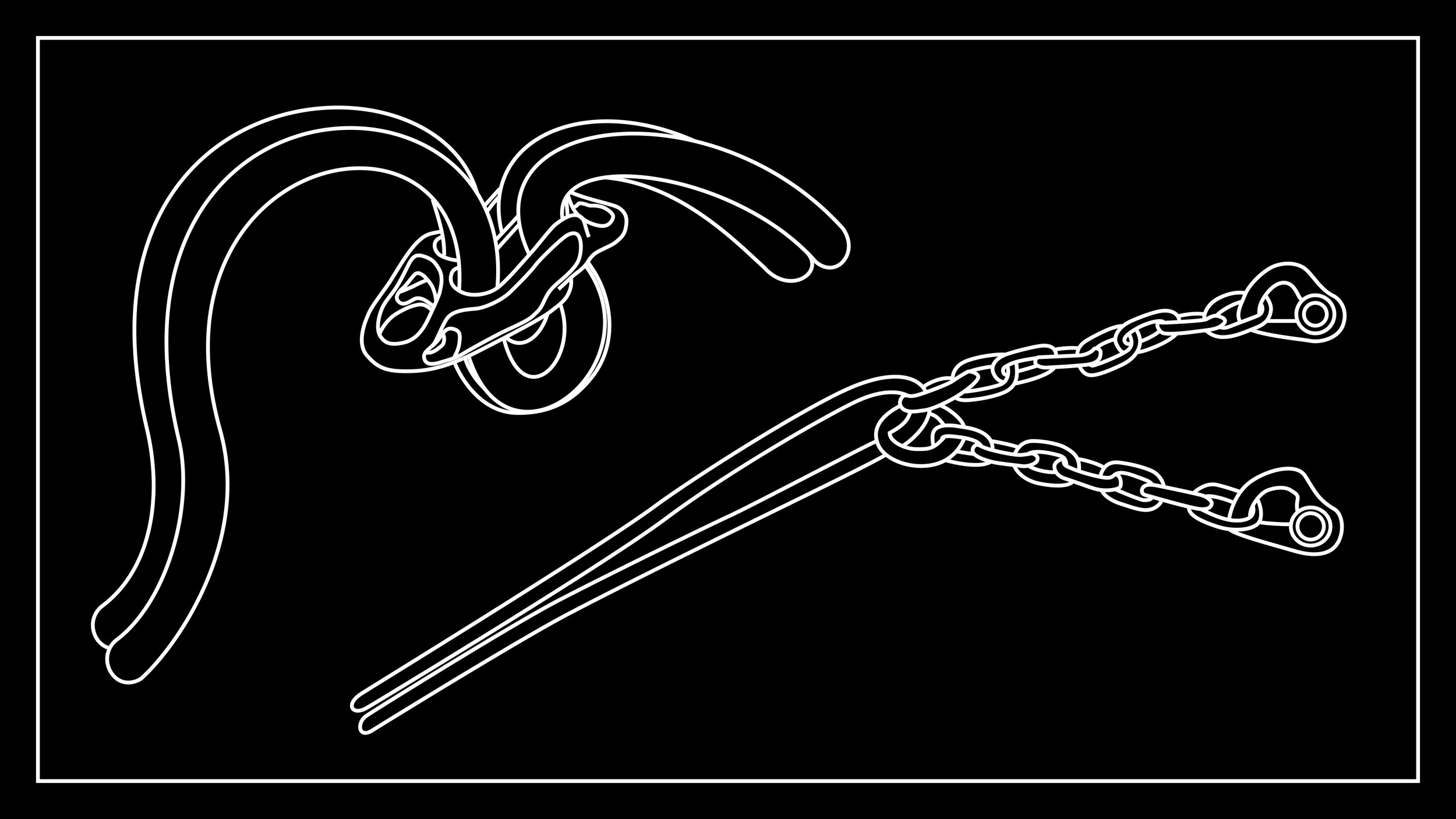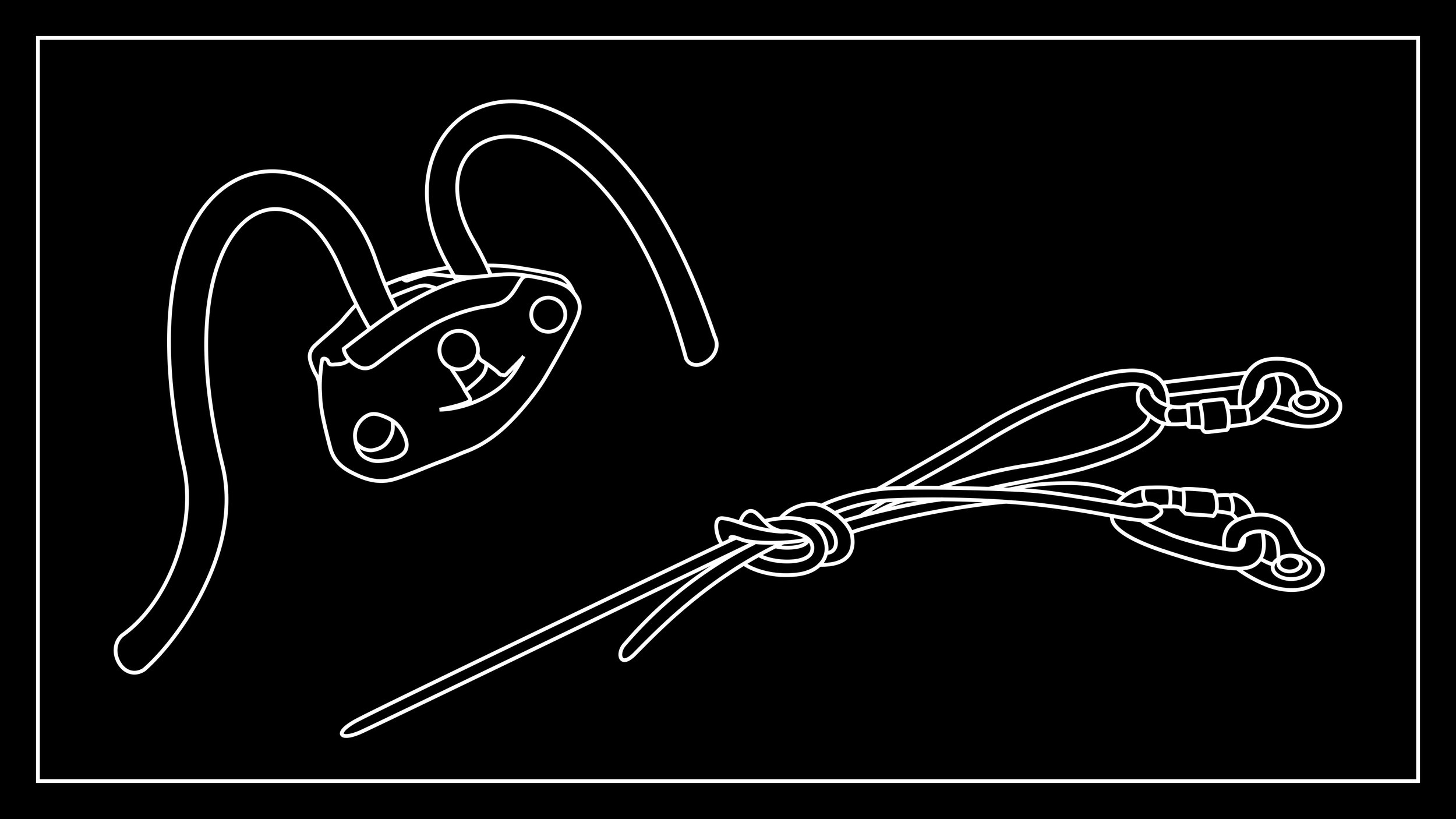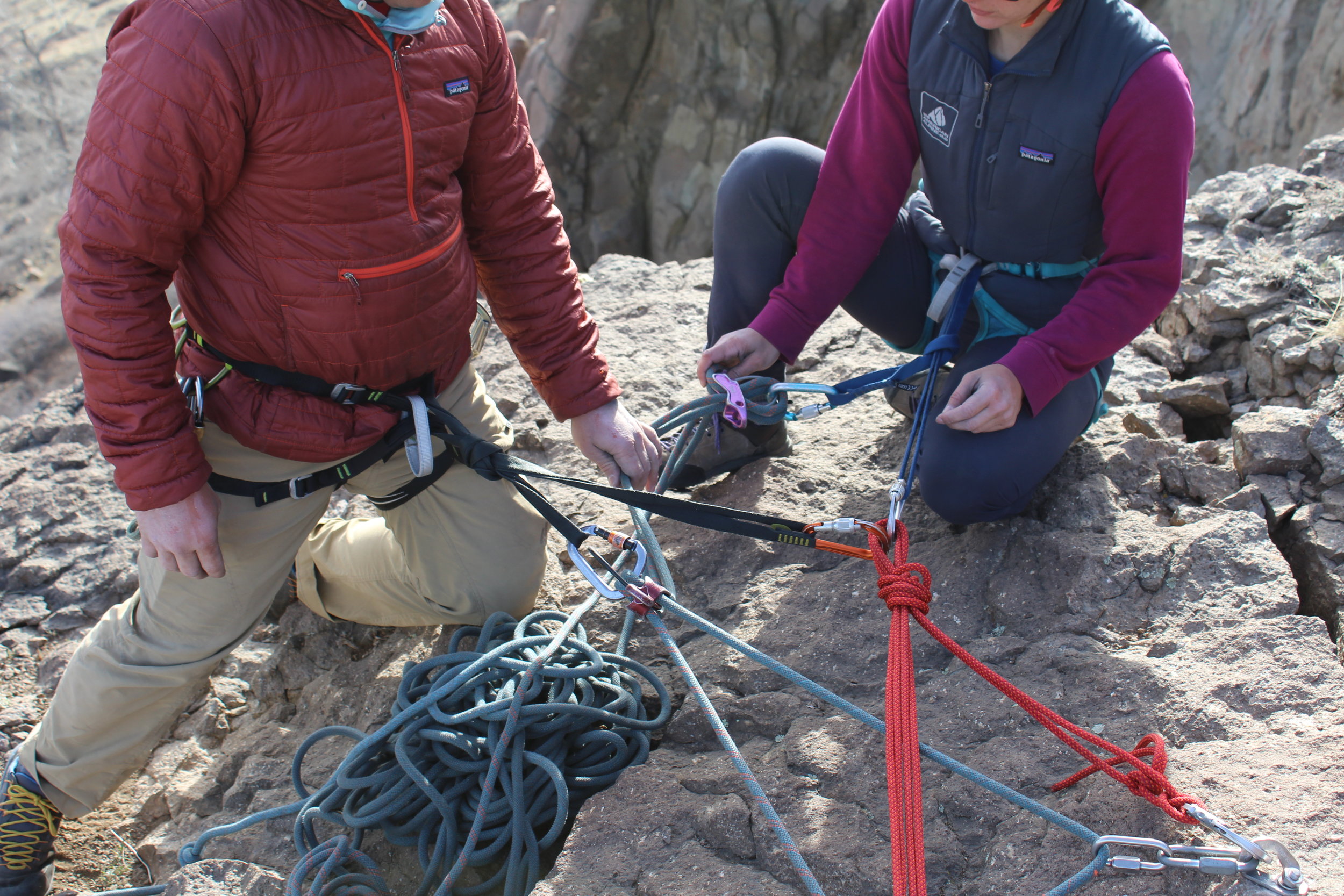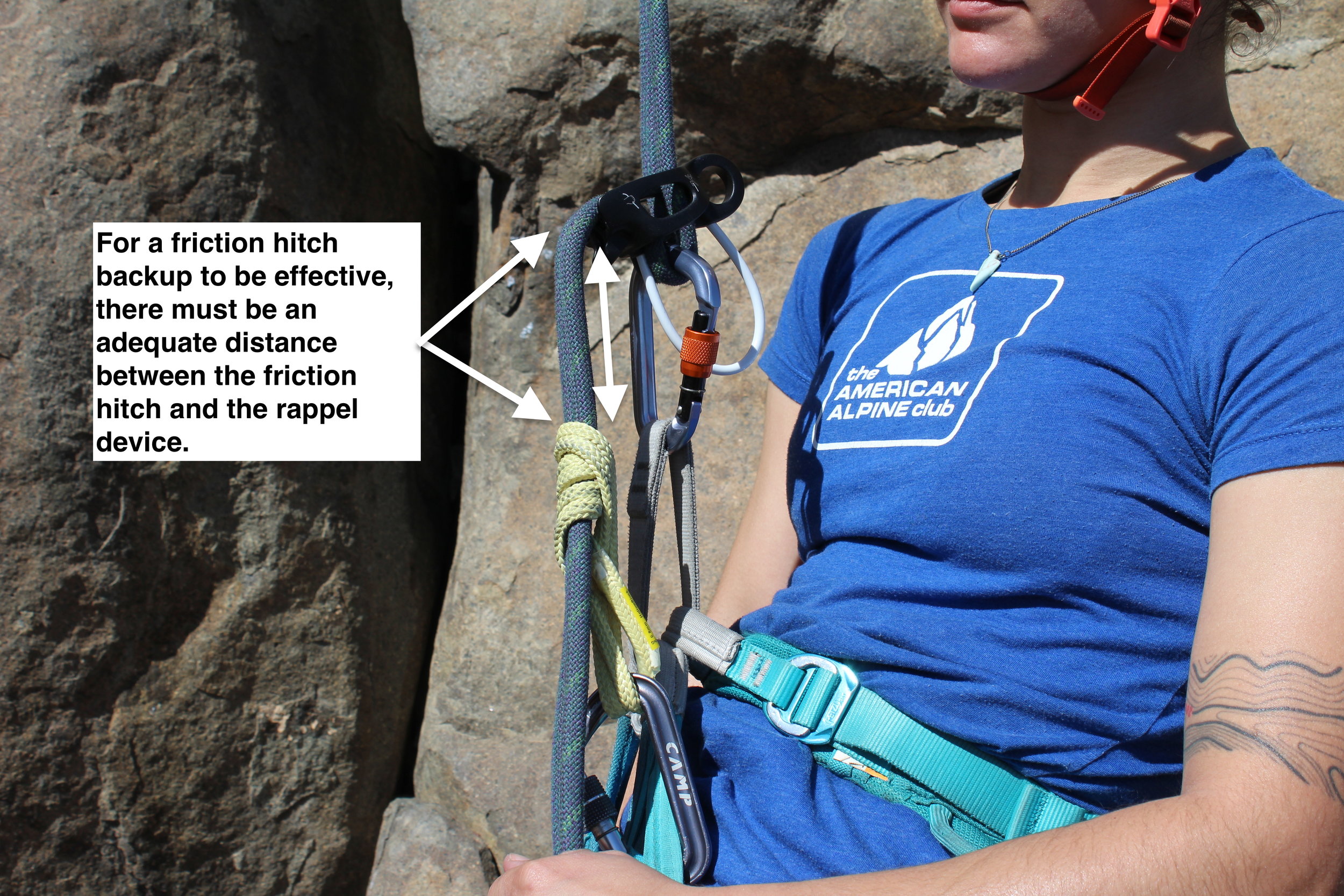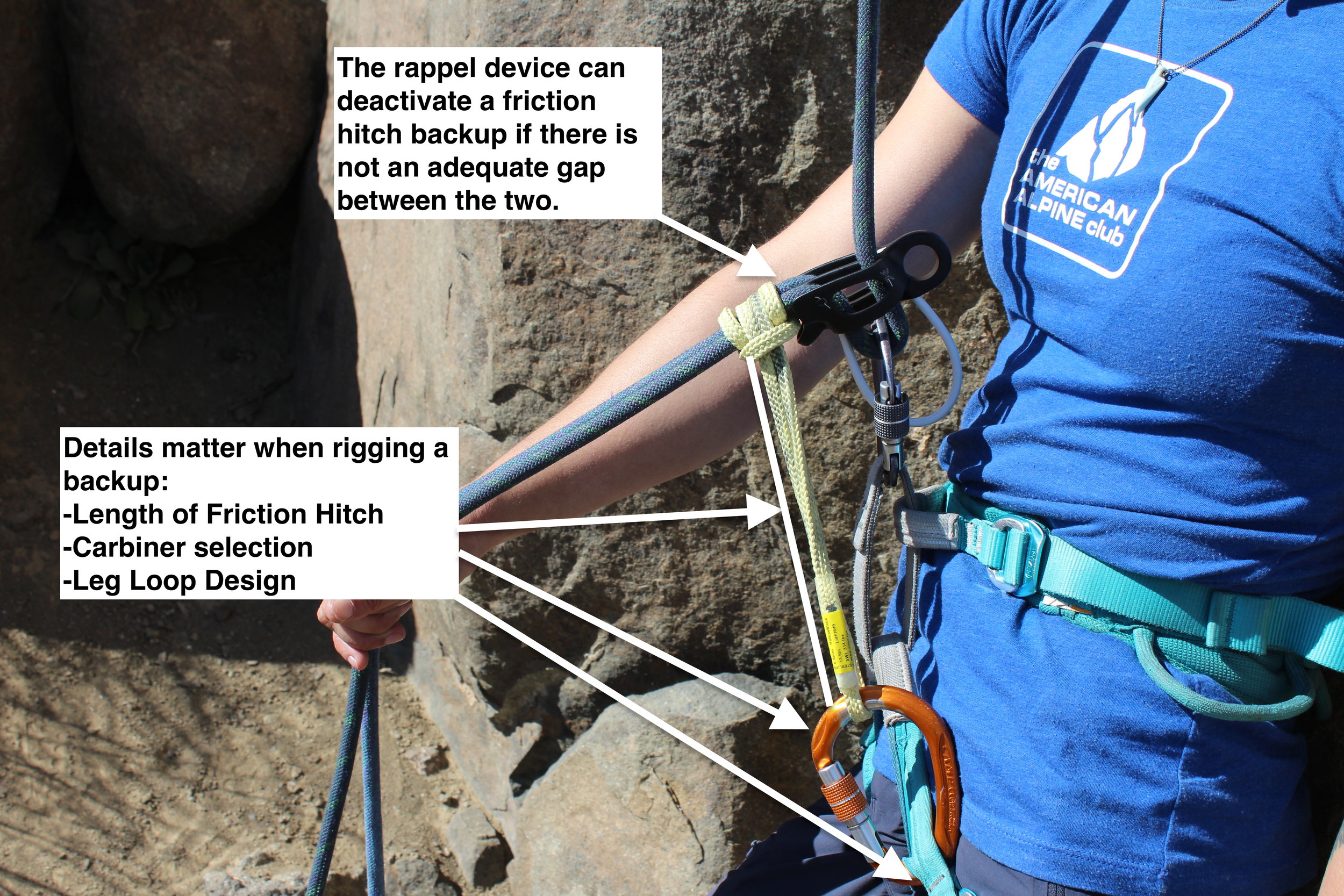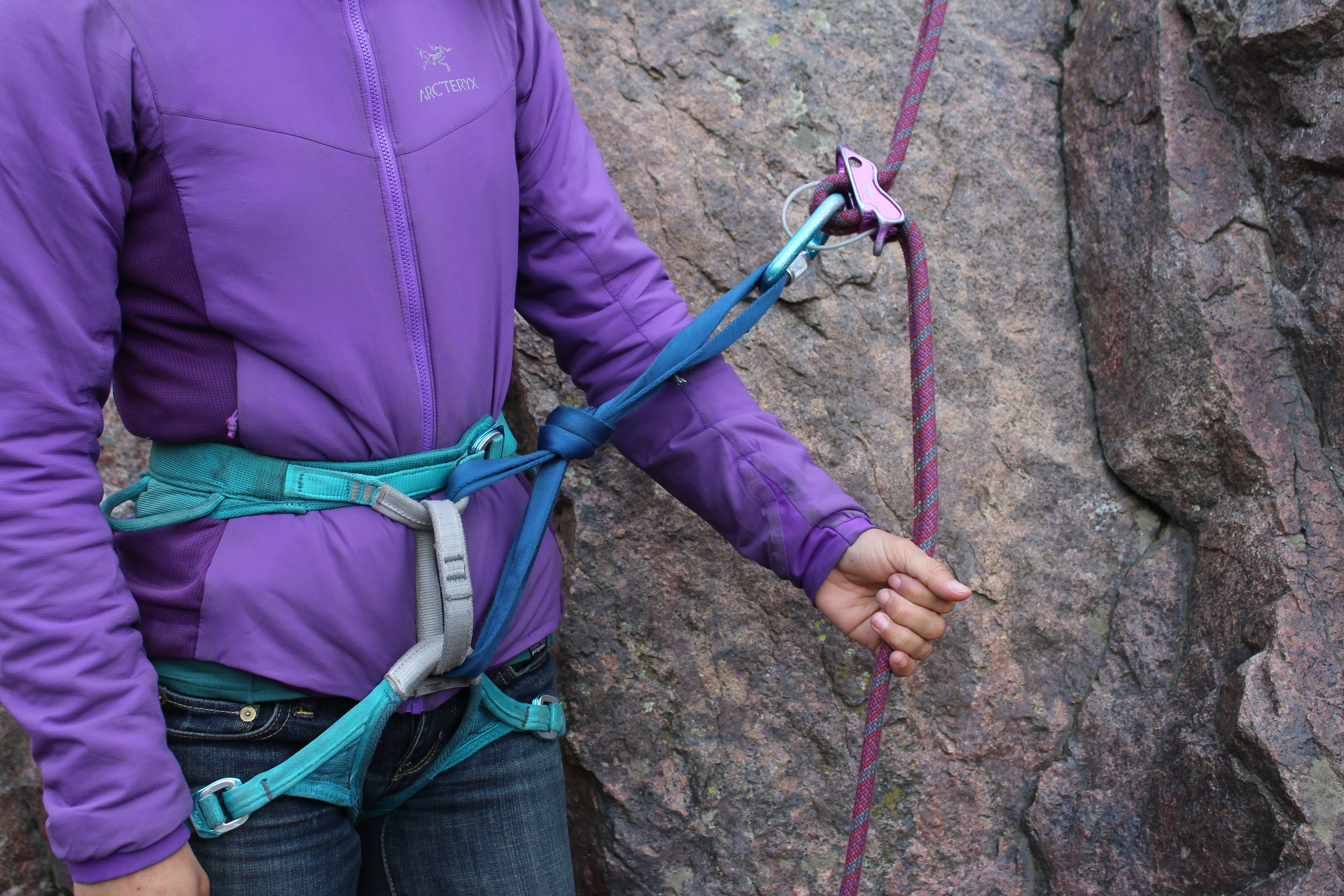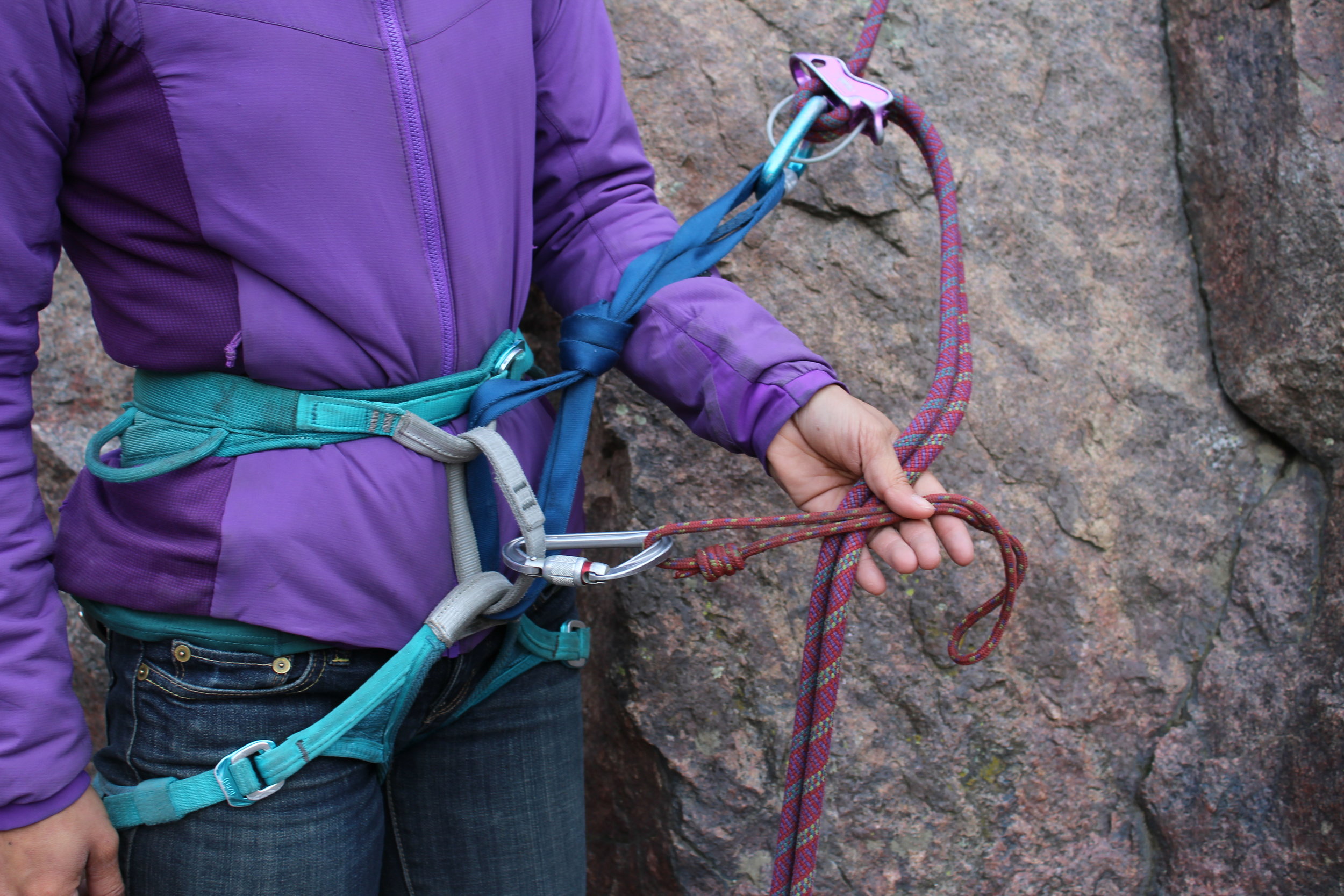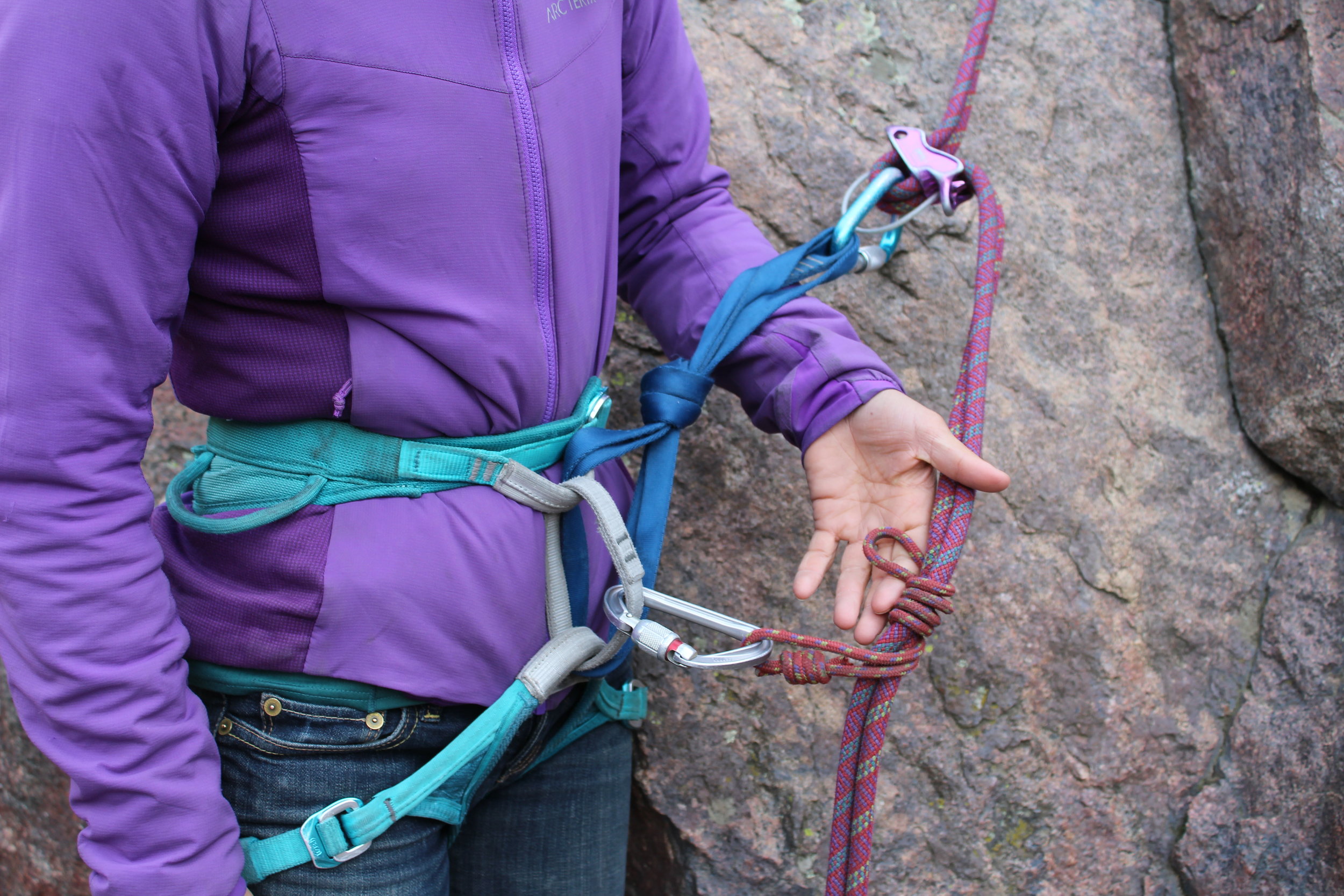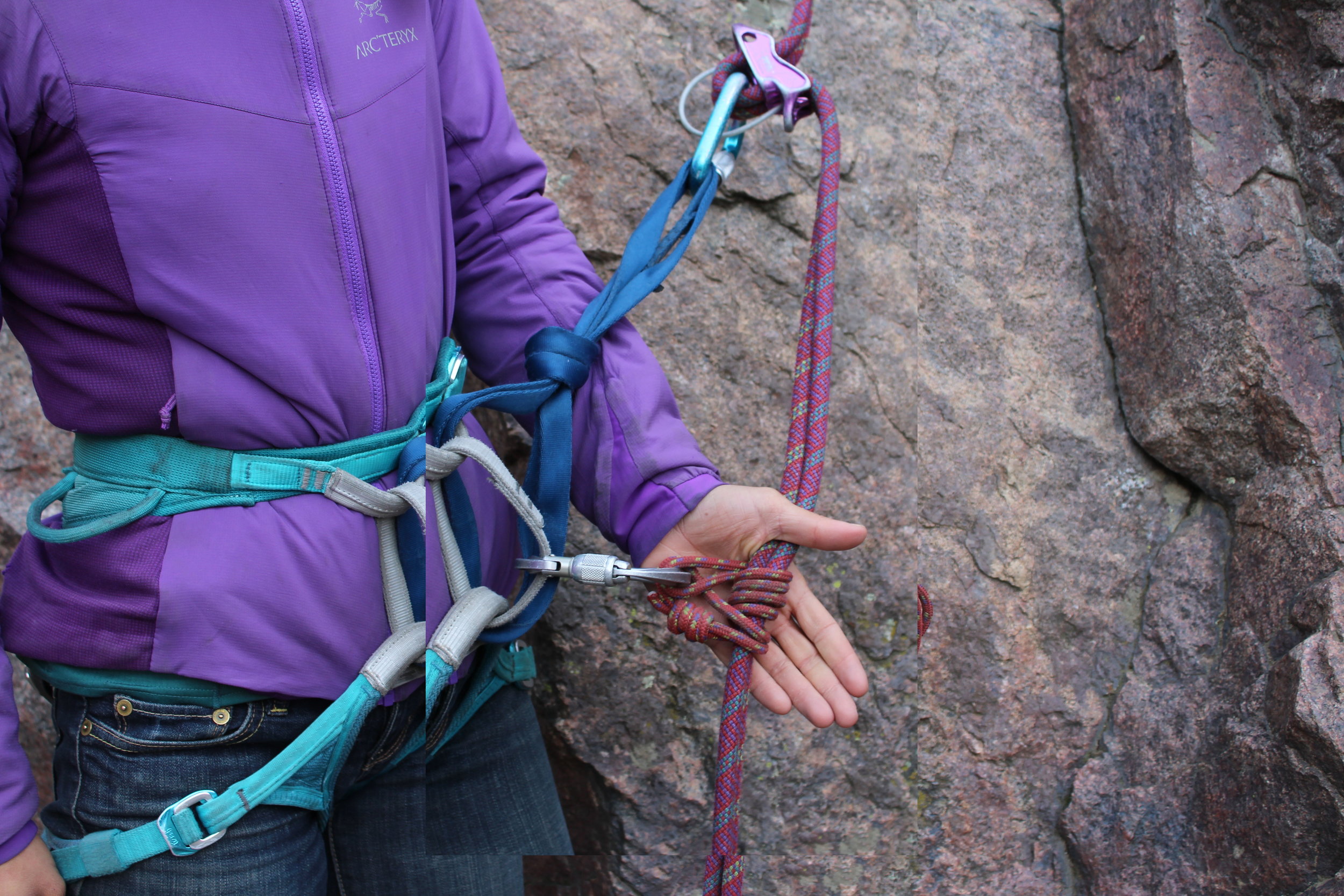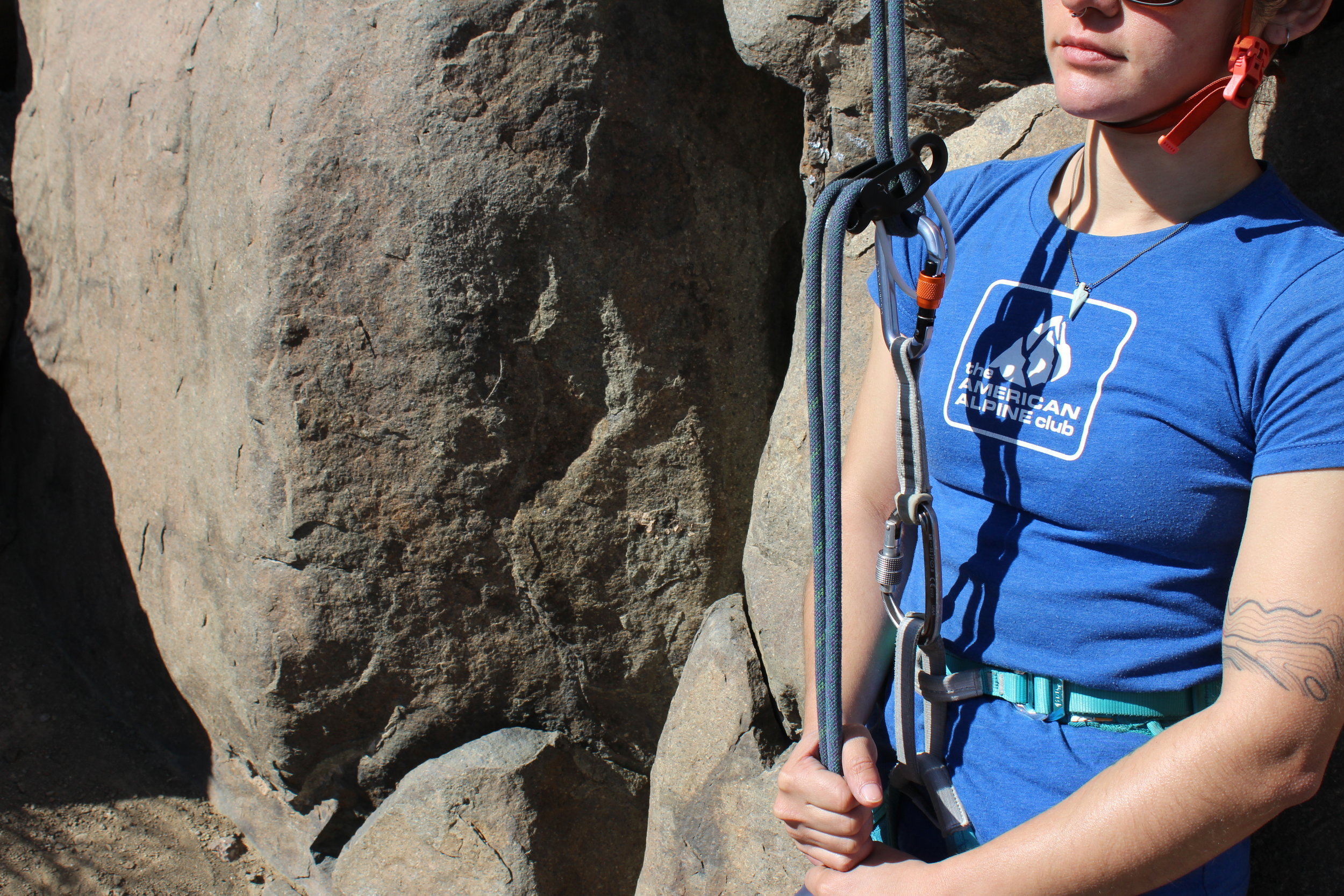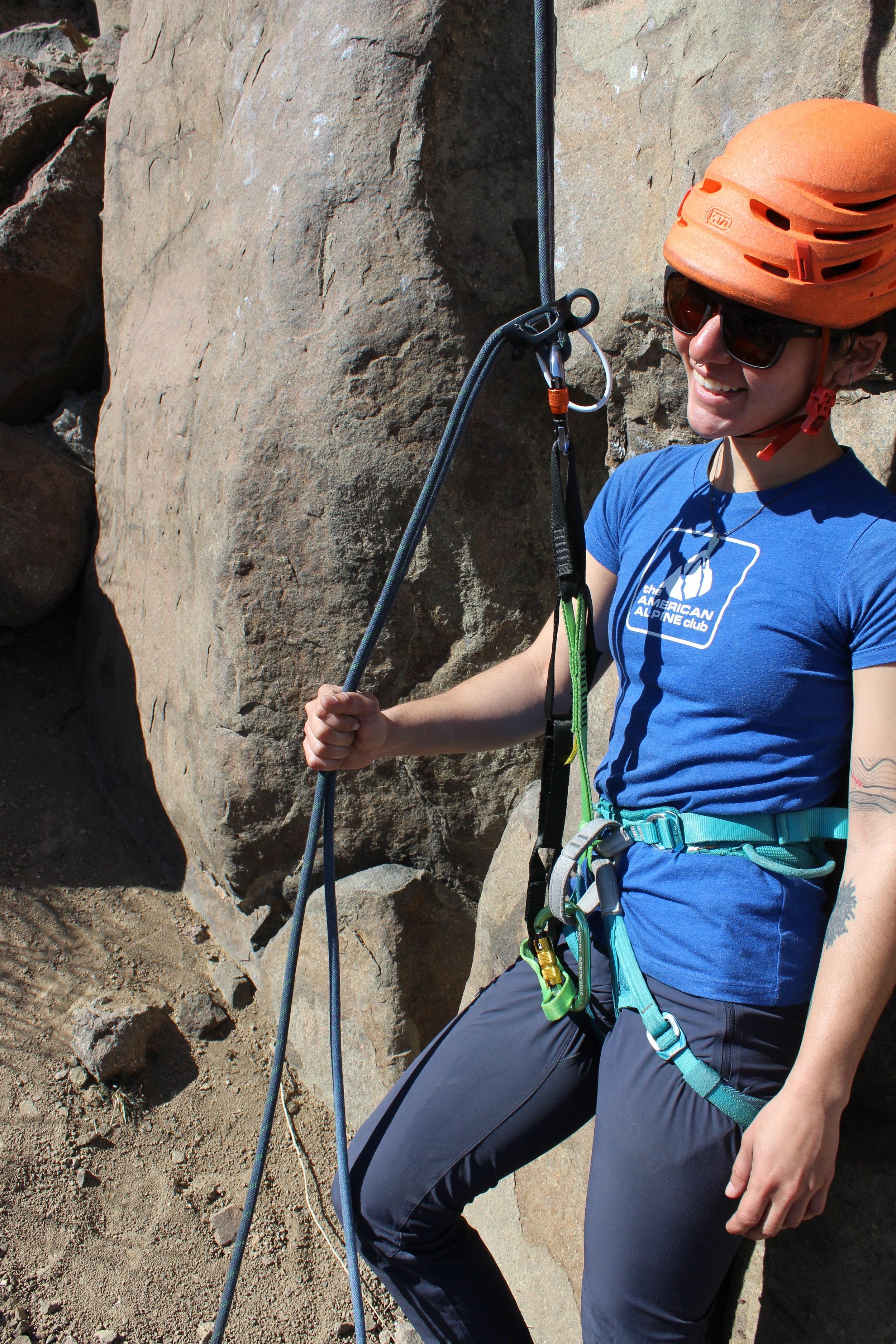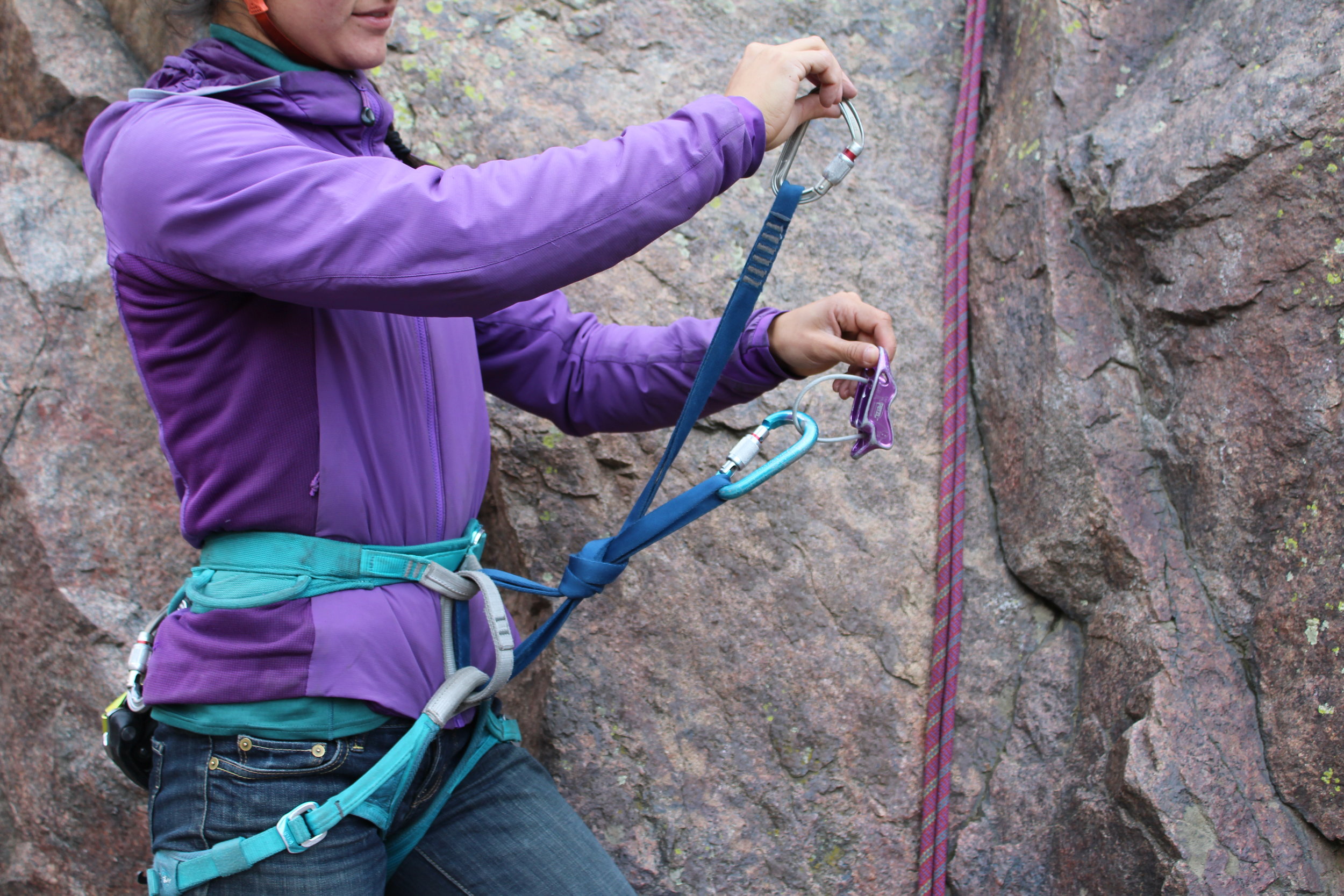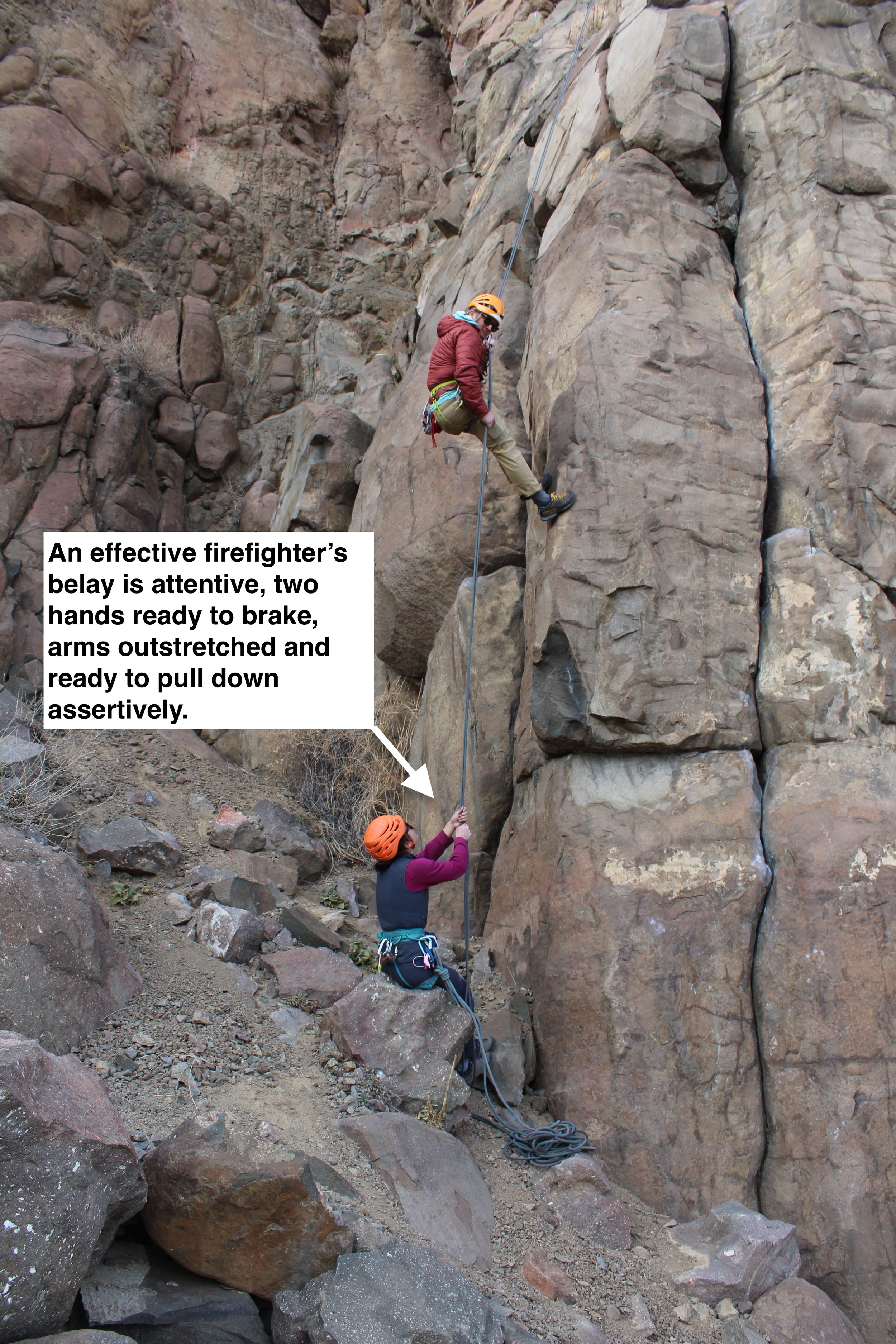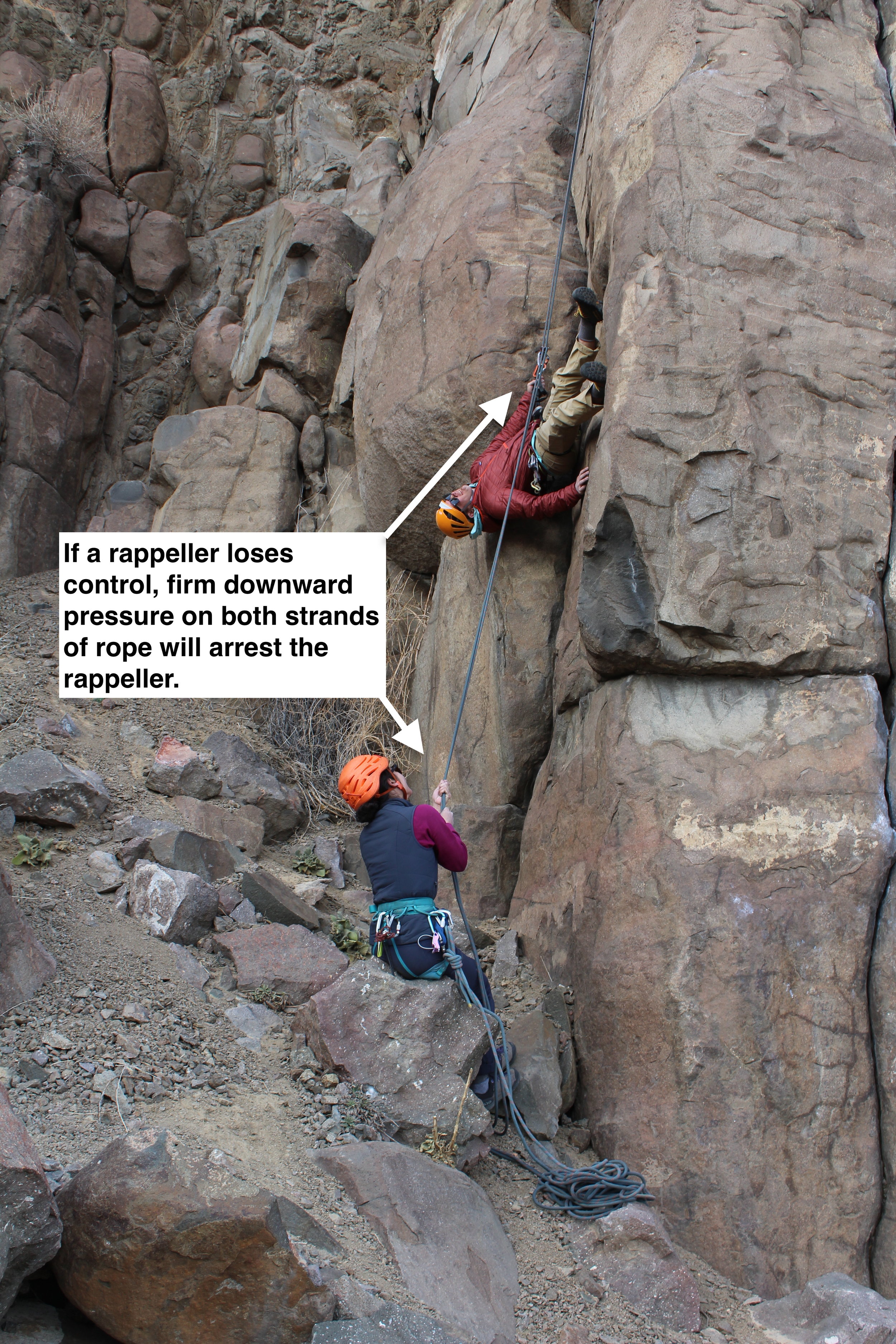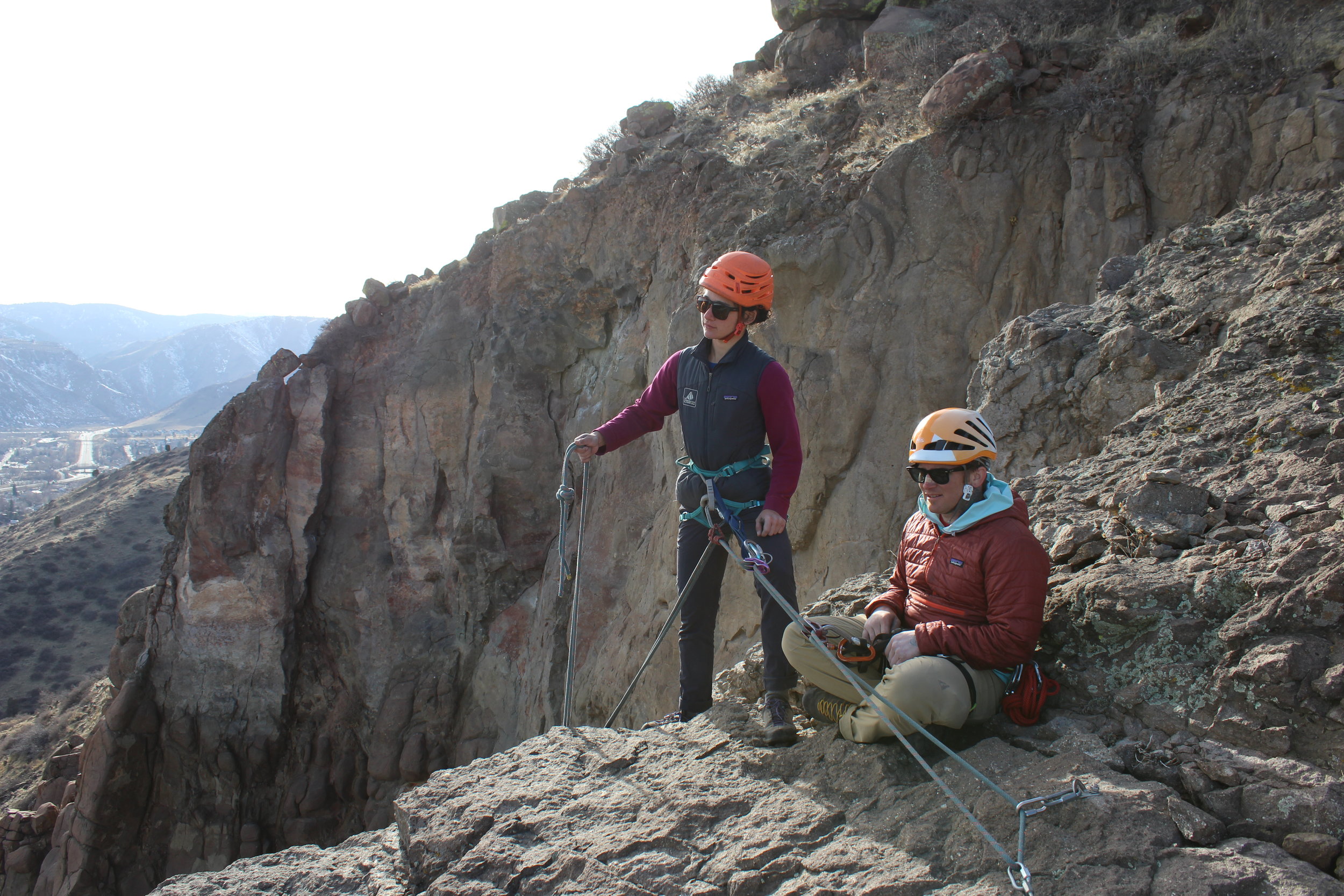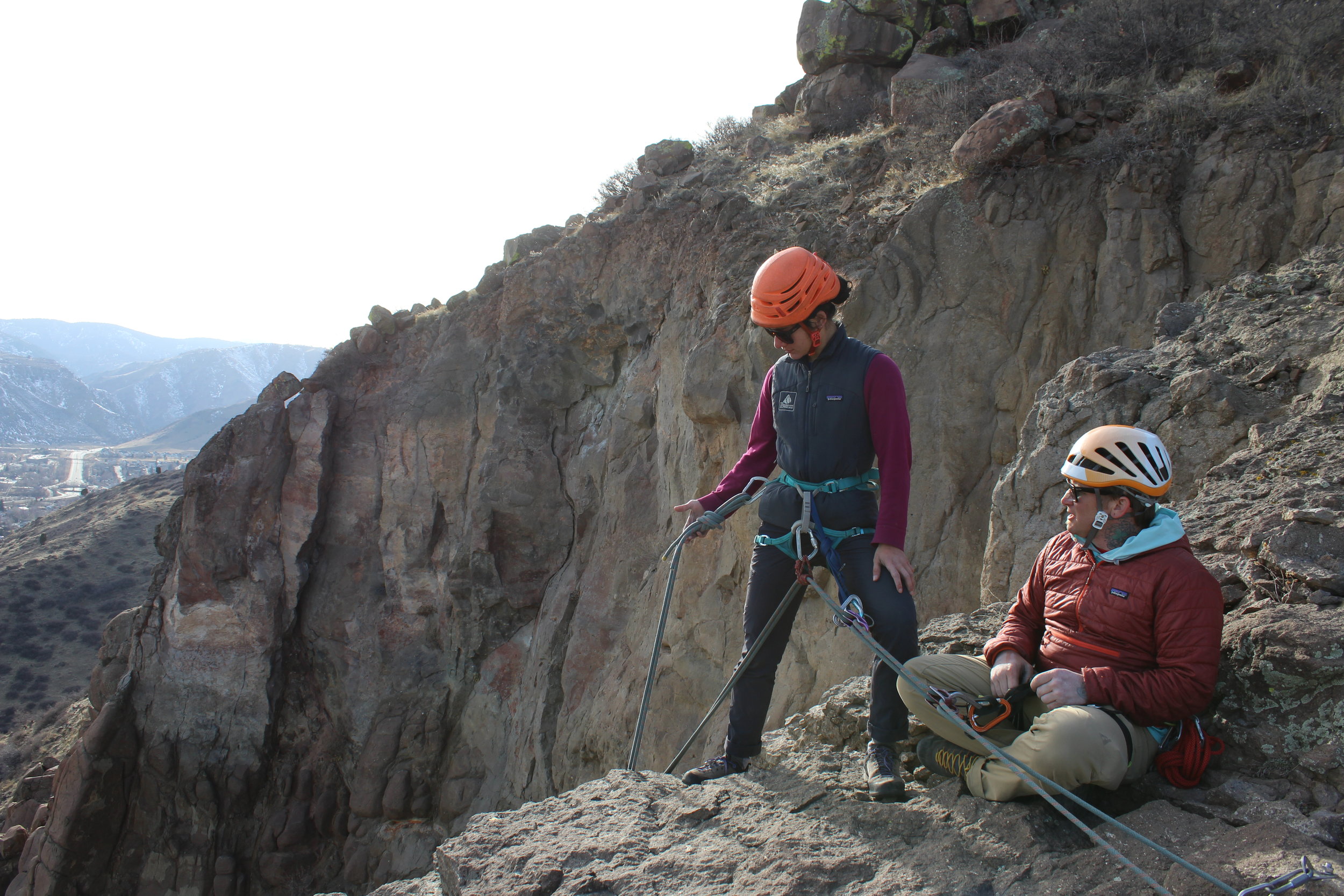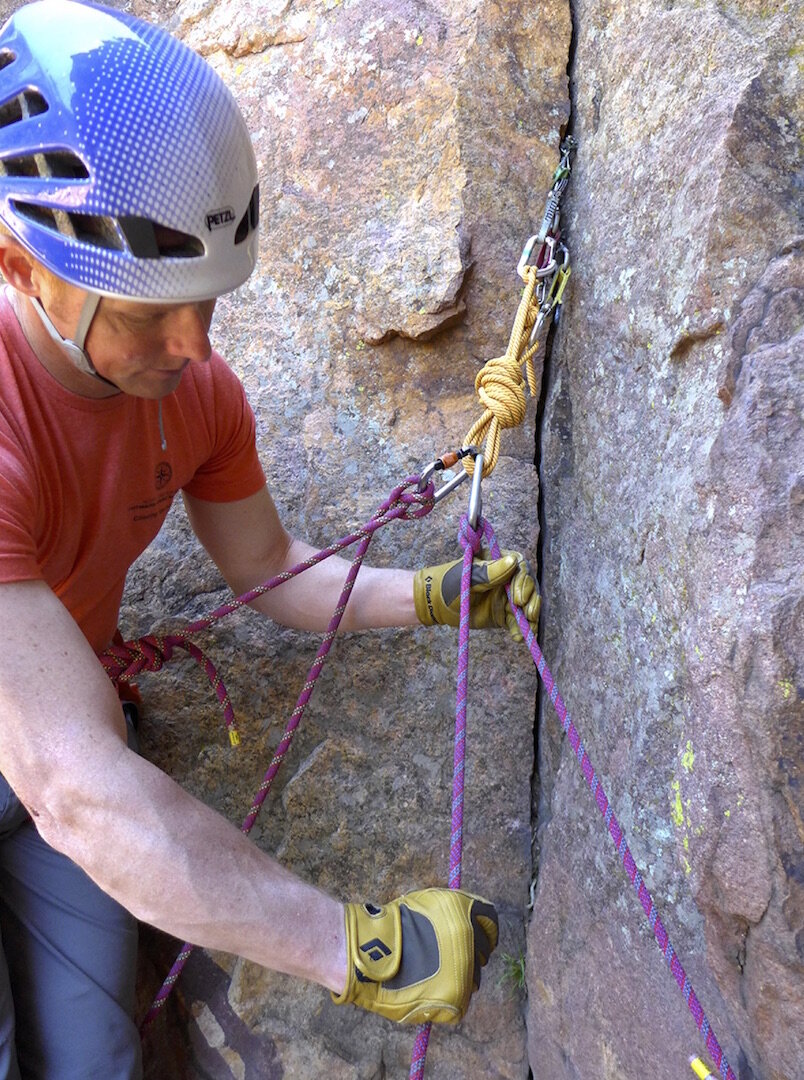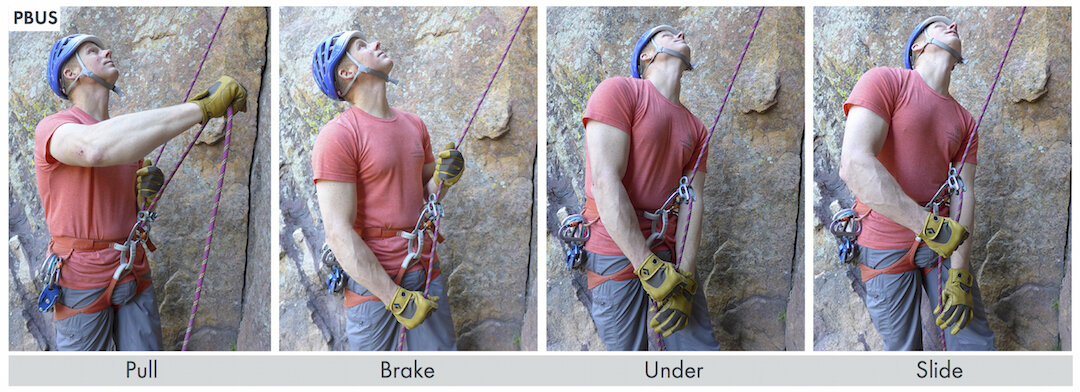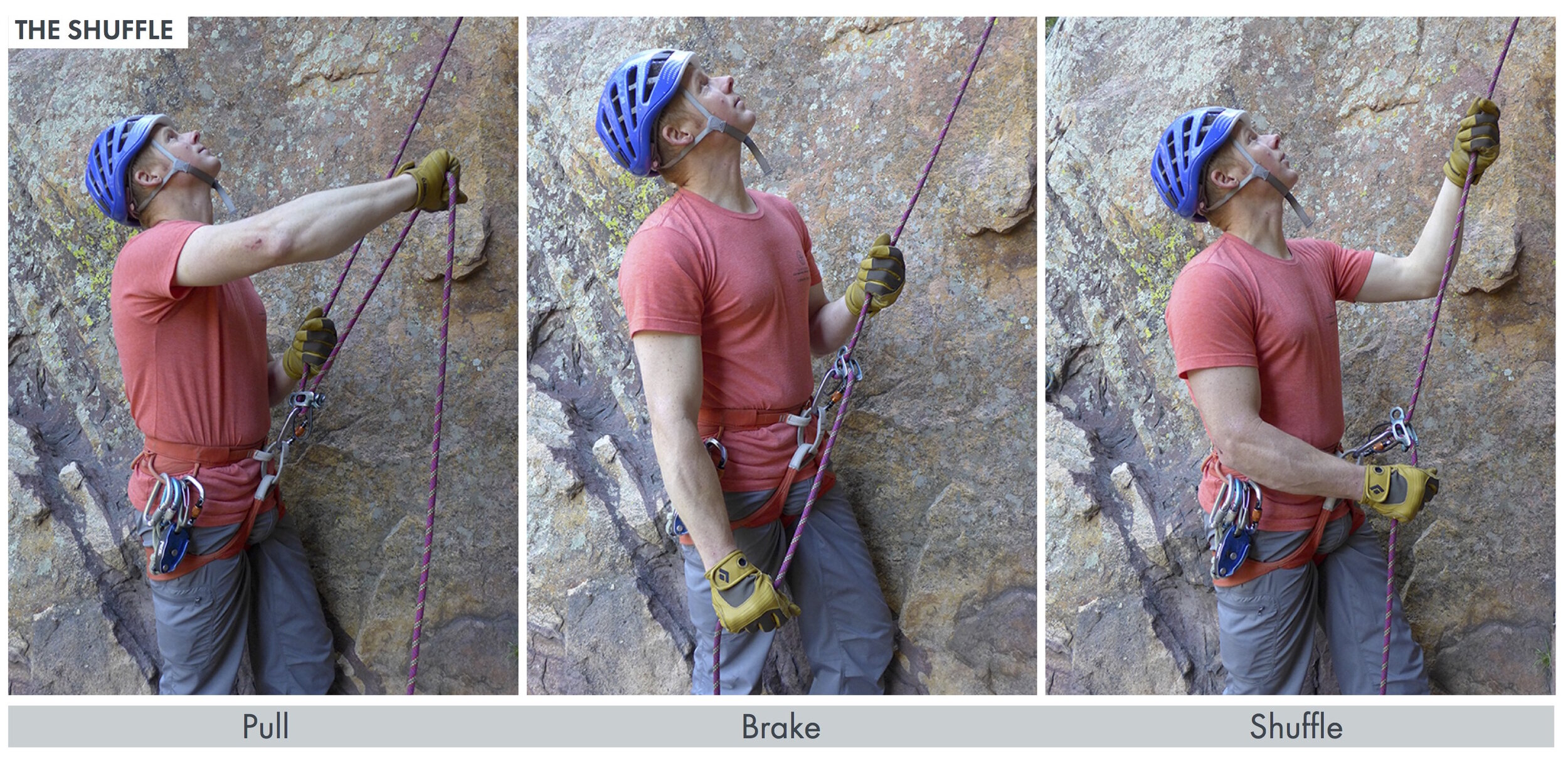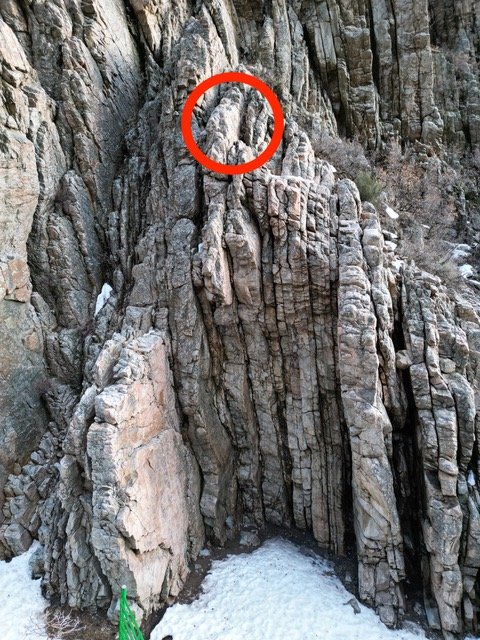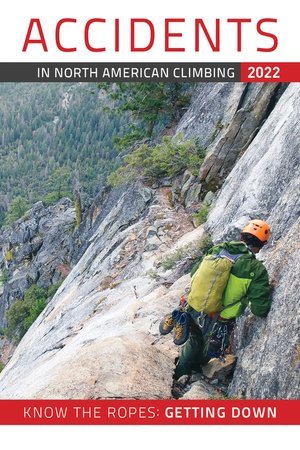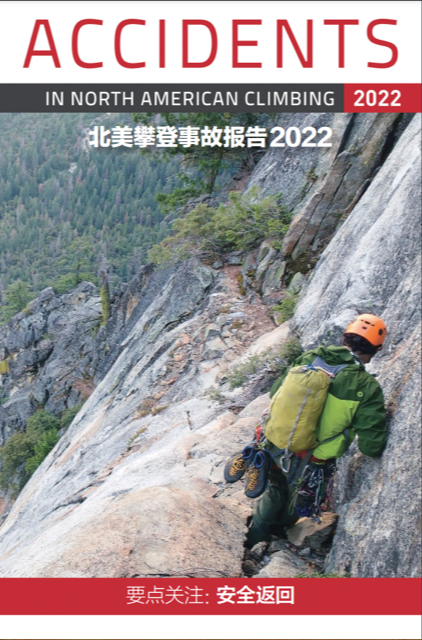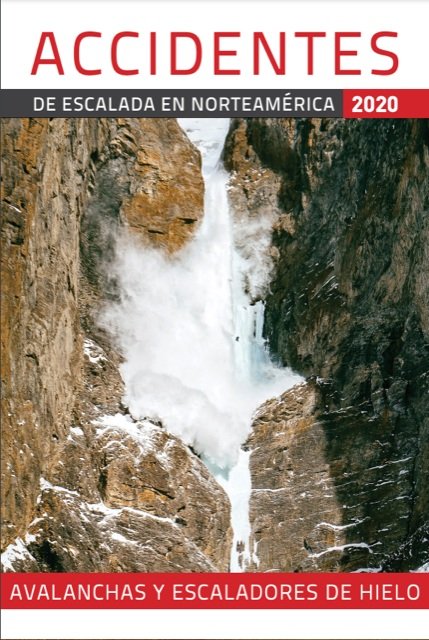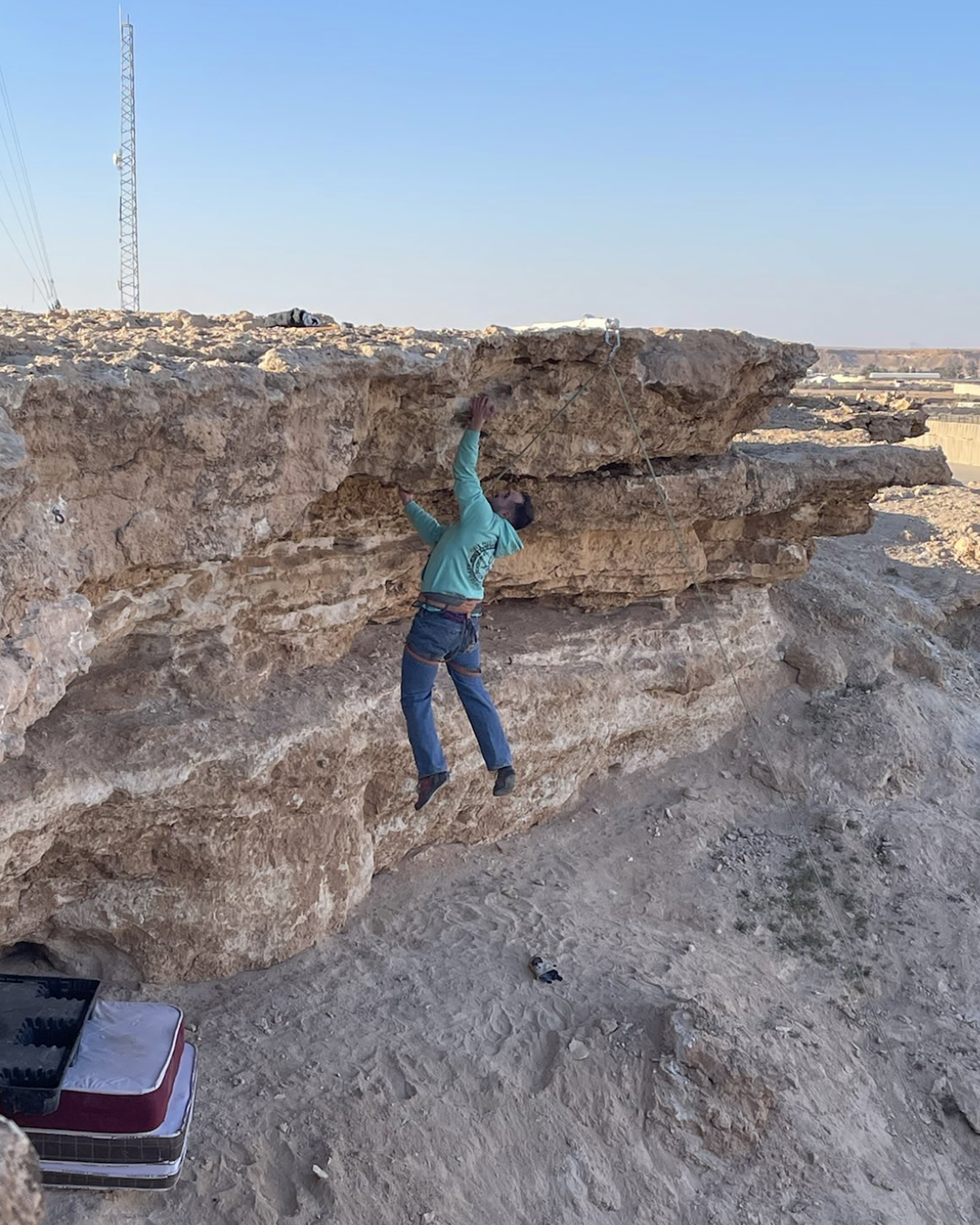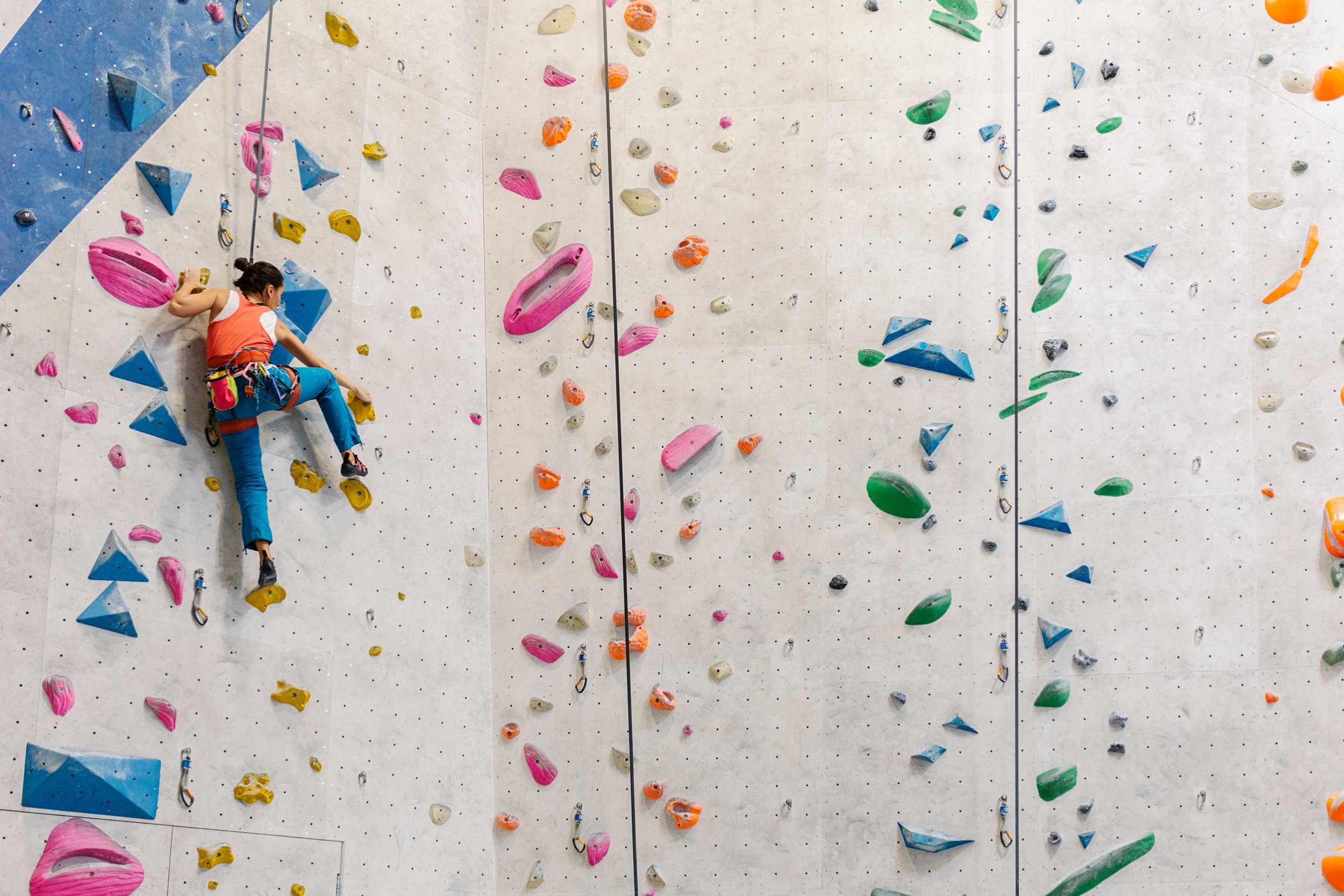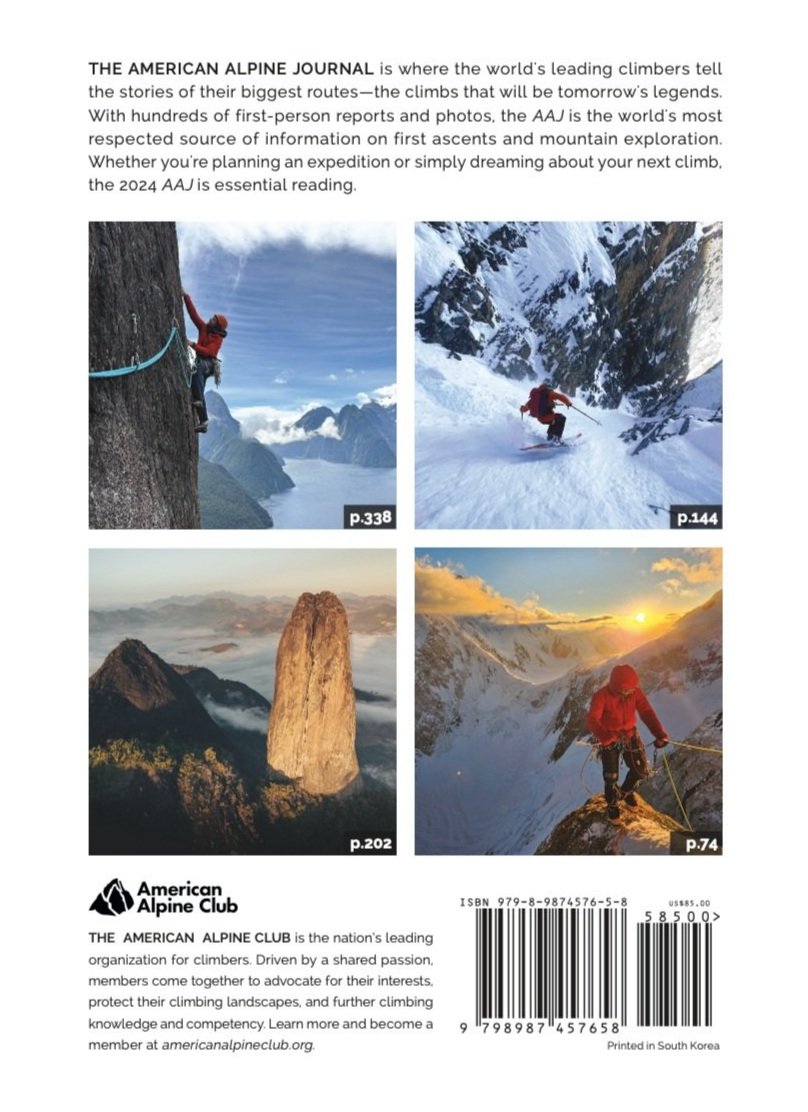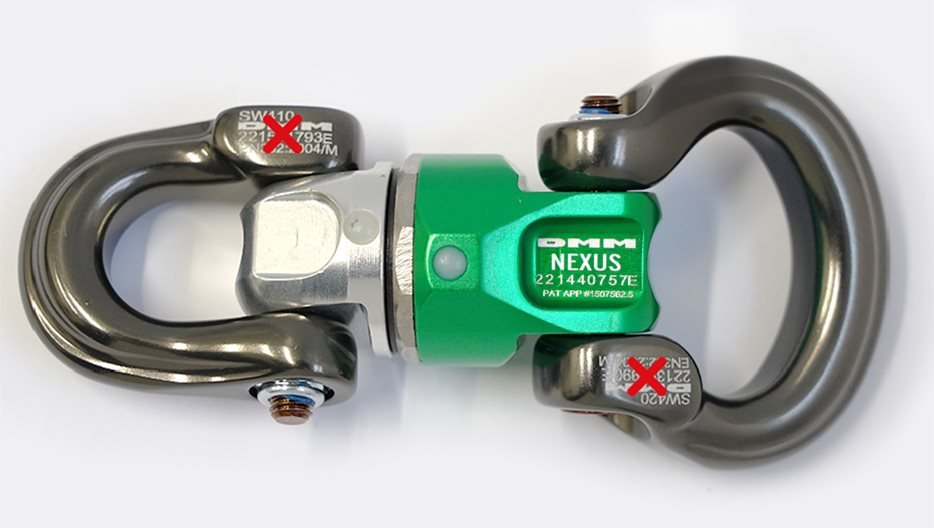Know the Ropes
Originally Published in Accidents in North American Climbing 2020
Written by Matt Schonwald
LAST JUNE I was guiding three people for a ski descent of the Coleman-Deming Route on Mt. Baker. Wind the previous day had exceeded 20 mph, loading fresh snow onto the Roman Wall, the 40° headwall before the summit plateau. I first guided this route in 1999 and knew this slope had seen multiple avalanche accidents, including the first recreational avalanche fatalities in Washington, when five people died in July 1939, entombed in the crevasses below the wall.
We skinned up from our 6,000-foot camp, with an icy wind blowing down from the summit. The new snow was soft and ankle deep, but the wind concerned us—would we have a serious avalanche issue with just eight inches of fresh [snow] in June? There was ample precedent: All of Mt. Baker’s climbing avalanche victims have been killed in May, June, or July. Three hours passed and we arrived at the Coleman-Deming Saddle, just above 9,000 feet. I could see several parties descending from the Roman Wall.
I approached a guide I knew to ask why they were heading down. “A party of three took a 300-foot ride,” he said. “They triggered a slab just below the top of the wall. Luckily, no injuries.” Clouds swirled around the wall and no one could see the full extent of the crown. As we turned to descend, someone asked if we could still go up, since the headwall already had slid, and I took a second to respond. Did they not see the snow was unstable? That the climbers who were caught were lucky they had walked away with their lives and no injuries? I realized there was a real lack of understanding among some mountaineers that summer storms can deposit new snow deep enough to avalanche—and that even a small slide can be deadly.
Chart of U.S. avalanche fatalities involving climbers, showing that these fatal accidents peak in May and June, with Washington and Alaska experiencing the most climber fatalities in the United States. Chart by CAIC, annotated by Matt Schonwald
A SERIOUS THREAT
Although a large majority of avalanche fatalities occur in the winter months, avalanches are not uncommon in the long days of late spring and early summer. According to a national database compiled by the Colorado Avalanche Information Center (CAIC), since 1951 in the United States, 39 out of 44 avalanche fatalities in June and 31 out of 43 in May have involved climbers.
Most backcountry skiers and winter mountaineers in avalanche-prone areas have some knowledge of the hazards and carry basic avalanche safety equipment, such as transceivers, probes, and shovels. Many seek formal training in avalanche avoidance and rescue. But preparation for avalanche hazards in the spring and summer mountaineering season is not as widespread or systematic. Most avalanche training is skewed toward winter travelers, and many avalanches that affect mountaineers occur in terrain not covered by avalanche forecasts or after avalanche centers have shut down for the season.
At the same time, the consequences of an avalanche are at least as great for mountaineers in spring and summer as they are during the winter months. As the winter snowpack melts back, additional hazards are exposed. Cliffs, narrow couloirs, exposed crevasses or boulder fields, and other terrain traps make an encounter with even a small avalanche potentially fatal.
Mountains big and small possess the potential to bury or injure you with the right combination of unstable snow, terrain, and a trigger—often someone in your party. It’s not only important to recognize these hazards but also to have the discipline to respect the problem and choose another route or wait till the risk decreases. In preparing to enter avalanche terrain, the mountaineer must be focused more on avoiding avalanches than on surviving one, and that is the focus of this article.
TRAINING AND EQUIPMENT
In North America, the sequence of avalanche education for recreationalists consists of a one-hour awareness class, a three-day Level 1 course for beginners, a one-day rescue course to improve the skills learned in Level 1, and a three-day Level 2 program for amateur trip leaders, such as those leading groups of friends on a hut trip or overnight climbs. Basic avalanche training helps develop understanding of the risks a particular route might present. A Level 2 course teaches trip planners to assess problems in unfamiliar mountains and in the absence of regular avalanche forecasts.
An avalanche rescue course teaches you how to locate and rescue climbers buried in a slide. Mountaineers must be prepared for the possibility of multiple burials, since avalanches in glaciated terrain and on popular routes have a high probability of catching more than one climber. You can find courses through avalanche.org in the United States and avalanche.ca in Canada.
Some mountaineers leave behind their avalanche safety equipment during the spring and summer season, assuming the relatively stable snowpack decreases avalanche hazard. But, as we will see, there are many reasons avalanches may occur during prime mountaineering season, and safety gear—shovel, probe, and avalanche transceiver—should be used if there is any risk of being caught and buried. (A shovel and probe have multiple other uses, including leveling tent platforms and probing for crevasses.) These should be individual gear items—sharing any of this equipment reduces your ability to be located quickly or to dig out your friend.
Again, given the dangers that even very small avalanches present to climbers, recognizing the hazards and planning to avoid them is the number one survival strategy.
This huge slab avalanche in July [2020] stripped the north face of Mt. Belanger in Jasper National Park, Canada, down to bare glacial ice. Photo by Grant Statham
AVALANCHE TYPES
Mountaineering avalanches typically happen in terrain steeper than 30°, above treeline (often on glaciers), and in areas subject to winter-like storms. In other words: the terrain that climbers love. In the spring and summer seasons, when mountaineering activity peaks, climbers may face exposure to:
• Significant storms leaving more than a foot of new snow on your route
• Strong winds( >15mph), transporting snow and building slabs on leeward slopes
• Strong UV (solar) radiation, increasing the risk of triggering wet loose and slab avalanches
Understanding the basic mountaineering avalanche types helps us recognize the hazards we face and our potential solutions to mitigate or avoid the problems.
Loose Snow Avalanches These slides, also known as sluffs, frequently occur as point releases (describing how they start from a singular point and then fan out and entrain surface snow, gaining mass and speed as they accelerate downhill). They can be dry or wet. “Dry Loose Avalanches” occur during or after cold winter storms with periods of rapid snowfall (greater than one inch an hour). “Wet Loose Avalanches” result from warming of the snow surface above freezing, loosening the bonds of the snow grains and creating instability; these may be triggered by falling rock or ice. Even tiny loose snow avalanches are dangerous to climbers—more so than skiers—because they can knock us off balance in very unforgiving terrain. Any avalanche is a serious threat.
During the spring and summer, the intense UV radiation from the sun makes wet loose avalanches fairly predictable, as the slopes that heat first will be southeast-facing and the hazard then moves around the mountain like a sundial. Avoiding these slides requires planning your outing so you’re not on a snow slope that you need to travel up or down, under, or across when the sun hits, whether during the climb or the descent. Watch out for soft surface snow that moves easily, and try to cross slopes near or at the top to avoid being swept by heavy, wet debris.
Late spring slab avalanche in Rocky Mountain National Park. Note the track on the left, which was made by a party of skiers one hour before this slide.
Slab Avalanches occur when cohesive snow rests on a weak layer. If that weak layer fails, the cohesive snow fractures and cracks propagate outward, forming distinct areas that may slide. Slabs are formed from storm snow, which can happen any time of year in high alpine terrain. Wind may build deep slabs on leeward slopes, and warm spring and summer weather can add water to them, making them denser and harder to trigger yet more dangerous when they fail. Spring or summer storms that drop more than one foot of snow, followed by a clear, sunny day, are particularly hazardous. The denser snow near the surface destabilizes the slab and makes it prone to triggering, naturally or artificially.
Wind slabs will form when strong (15+ mph) winds move loose snow into dense layers. Strong winds during storms can turn six to eight inches of new snow into one- to two-foot slabs on leeward slopes such as the Roman Wall on Mt. Baker in the Cascades or Tuckerman and Huntington ravines in New Hampshire, to name a few.
For avoiding slab avalanches, it’s critical to recognize red flags in the recent weather history and forecasts, as is placing camps in appropriate areas before or during storms. Climbers should wait 24 to 48 hours before attempting a route that has had more than a foot of new snow, on a leeward aspect, and/or with exposure to terrain traps.
Cornice Falls create risks for climbers moving along snow ridges or failing to notice a cornice when they arrive on a snowy summit. A cornice collapse also can trigger a slab avalanche on the slopes below. The only solution is to avoid climbing under them or approaching too close, especially during the heat of the day when temperatures are near freezing.
Icefall Avalanches result from a portion of a serac or ice cliff failing in a steep, unstable glacier (think: Khumbu Icefall), creating falling ice hazard. As with cornices, falling ice presents the threat of triggering deep slab avalanches that can run far down a mountainside, threatening camps placed too close to large faces. The random nature of icefalls makes predicting these events very difficult, so the only prevention is to minimize travel time through or under icefalls, especially during the daytime, and to avoid placing camps with exposure to collapsing ice. Learn to measure the “alpha angle” below a peak or face to estimate how far debris from a large avalanche may ow (a good resource is wildsnow.com/10011/alpha-angle-avalanche-safety).
Glide Avalanches occur after a long period of warming, when running water has lubricated the slope underneath the seasonal snowpack, causing it to move down-hill. This movement creates glide cracks, which run through the snowpack from the surface to the ground. Large and destructive glide avalanches may be the result. Glacier-polished slabs in the alpine are particularly susceptible to this problem, requiring route selection and trip planning to limit your exposure.
RECOGNIZING TERRAIN HAZARDS
Most of the “50 Classic Climbs” that are not rock climbs—along with countless other North American mountain routes—offer some seasonal avalanche hazard. In addition, the sheer vertical relief of many alpine objectives makes the possibility of a small avalanche a significant hazard. Many routes cross hanging snow fields with exposed or feature-ridden runouts. Very small loose wet avalanches can travel great distances, entraining loose snow and growing dramatically. You can travel on a valley glacier and still risk burial by these events, because faces over 3,000 feet can turn a small sluff into more than 10 feet of debris.
As you plan a climb or move up a route, look for route features that either make avalanches more likely or increase the hazard of a slide. These include:
*Convexity: Areas where the slope angle increases suddenly—these are places where the tension in the slope will be at its highest, making an avalanche more likely to be triggered
*Concavity: Areas where the slope angle decreases suddenly are also a zone of stress, due to an entire slope held up at this rapid transition from steep to flat
*Slopes with rock features poking through the surface, which can make triggering a storm slab more likely
*Seracs or cornices above a slope—these large, unstable features can injure you or trigger large avalanches
*Cliffs below steep ( greater than 30°) slopes, creating exposure to small avalanches pushing climbers over the edge
*Crevasses below a slope, increasing the chance of a deep burial and fatal outcome
Canada has developed a system to rate terrain based on the exposure to avalanches a party will experience while moving through an area. The Avalanche Terrain Exposure Scale (ATES) is used by Parks Canada, Avalanche Canada, the New Zealand national parks, the Pyrenees in Spain, and in guidebooks and maps published by Beacon Books in the United States.
On popular mountaineering routes across North America, from Mt. Hood to Mt. Washington, and from spring routes in Colorado and the Tetons to the classics of the Canadian Rockies, steepness, exposure to multiple avalanche paths, and sometimes glaciation put most routes in the “complex” ATES rating. Such routes generally share three characteristics making avalanche accidents more common:
*Ascents in features such as gullies, couloirs, or large faces where there is no safe way to avoid exposure to avalanches
*Approaches through terrain traps with unavoidable exposure to overhead avalanche terrain, such as creeks, cliffs, moraines, moats, and crevasses
*Descents via a different route where conditions ares ubstantially different
Recognizing and acknowledging that your route travels in “complex” terrain should prompt you to focus on identifying the areas of greatest exposure, as well as decision-making points along the route, where you can stop and evaluate the likelihood of avalanche activity.
PLANNING THE CLIMB
Planning a safe climb requires identifying areas of exposure on your chosen route and linking the prevailing conditions and forecast to an increase or decrease in the avalanche possibilities.
I use a process that starts with a weather and avalanche forecast (if available). I look at wind, precipitation, and freezing levels, as well as the recent past events from local weather stations. Then I evaluate which terrain is likely too exposed, given the current conditions, and look for routes or peaks where I can avoid unnecessary exposure. With this information, I draw up time plans for various options to get out and climb safely. Let’s go into some detail on these tools, and then I’ll give an example of the planning process below.
Avalanche Forecasts An avalanche forecast or bulletin gives you information regarding the avalanche hazard rating, avalanche problems, recent events such as observed avalanches on a specific slope, snowpack synopsis, and weather affecting the possibility of triggering an avalanche. The main difference between a forecast and a bulletin is the frequency they are issued—forecasts are daily, and bulletins are issued several times a week (at most). The forecast/bulletin will discuss the avalanche problems and show where they are located (distribution), size (how destructive), and likelihood of triggering (are you feeling lucky, punk?)
Most avalanche forecasts are issued from Thanksgiving through April, but most mountaineering avalanche accidents occur outside this period. The local avalanche center also may issue bulletins or seasonal recommendations giving general advice for the mountaineering season. More recent updates can be obtained from rangers, climbing guides, and the general climbing community in the area. Before a trip, visit local blogs (such as the Denali or Rainier rangers’ blogs), guides’ reports (such as the ACMG guides website mountainconditions.com), or community outlets such as regional forums and Facebook groups to get a general sense of conditions and perhaps even specific reports from your planned objective.
Weather Conditions When seasonal avalanche centers aren’t issuing forecasts, it’s up to climbers to use the nearest mountain weather forecast to help predict avalanche problems. Forecast sites I use include Noaa.gov, Windy.com, Mountain-Forecast.com, Meteoblue.com, and Spotwx.com; it’s worth learning to use several forecasting sites. The accuracy of mountain forecasts drops off dramatically after 24 to 48 hours, so it is a good idea to check the forecast daily at least a week before your trip to see the overall trend: stormy, warm, etc. Key data to look for when checking the forecast includes:
• Freezing Level This tells you where snow will start to accumulate and where avalanche problems will develop.
• PrecipitationTotals This often will come in inches of water (or millimeters outside the U.S.) for a 6-, 12- or 24-hour period. (A rule of thumb is that one inch of water equals one foot of snow in temperatures near or below freezing.) Precipitation intensity tells you how fast slopes will get loaded; a rate of one inch or 2.5 cm (25 mm) of snow per hour is considered high intensity.
• Wind The predominant wind direction tells you which slopes will get loaded—e.g., southwest winds will load northeast (leeward) slopes. Pay attention to sustained wind speeds over 15 mph and duration over two hours, which may enhance the formation of wind slabs.
• Remote Weather Station Telemetry You can access online data about the snowpack and recent snowfall from remote SNOTEL sites across North America. (Find links to SNOTEL locations at wcc.nrcs.usda.gov/snow/ or on local avalanche center websites.) You can look at a full season or just a few weeks of weather history.
In the spring and summer, the snowpack typically goes through multiple melt/ freeze cycles, potentially leading to avalanche problems. Early spring (March to mid-April in North America), when the snowpack is just beginning to warm up, is a very dangerous period, as old weak layers can be reactivated, leading to large, destructive avalanche cycles in alpine zones. Key red flags to research and observe include:
Persistent weak layers, such as melt/freeze crusts, within the top three feet of the snowpack
Early warm-ups when the winter snowpack has not adjusted to the extra heat input from longer days
Temperatures above freezing for 24 hours in starting zones. If slopes don’t freeze, the chances of wet avalanches go up dramatically.
Large rainstorms (greater than one inch of water in 24 hours)
Planning map created on CalTopo for the Disappointment Cleaver route on Mt. Rainier, showing hazard zones and safer rest stops.
Time plans help you figure out what time you need to leave camp in order to safely travel up and down your route and to avoid hazards that increase in likelihood as the day warms. Web-based planning tools such as Caltopo and Hillmap offer the ability to measure distance and vertical gain on your planned route. With this information, you can estimate how much time it will take to go up and back.
I use a method I learned from the NOLS Wilderness Guide, in which you plan an hour for every 1,000 feet of climbing, plus rest breaks. Other systems include the Naismith Rule and the Munter Formula, which takes into account terrain and travel method. The Guide Pace app will do the calculations for you. Whichever technique you learn, a time estimate will help you determine when to start the day, especially when there are definitive spots on the route you must reach by certain times.
PUTTING IT ALL TOGETHER
A good route to examine is the Disappointment Cleaver on Mt. Rainier, as it possesses an enormous volume of objective hazards as well as a history of avalanche accidents, including the deadliest climbing avalanche in Washington history, when 11 were swept away and killed in June 1981.
Before a planned climb in the third week of June, I watched weather forecasts and noticed that temperatures had been cooler than normal and it had rained in Seattle the first two weeks of the month. Low temps and rain at sea level would mean snow up high. I checked the weather stations and saw that several feet of new snow fell between June 8 and 12, with strong winds at Paradise (5,400 feet) and Camp Muir (10,000 feet). Along with the regular climbing challenges, I added wind slabs and loose wet avalanches to my risk assessment and planned to make snowpack observations a part of my travel plan.
The first day on the Disappointment Cleaver route, from the Paradise parking lot to Camp Muir, gains 4,600 feet over 4.5 miles. I estimated our travel time at 5 hours 15 minutes (4.5 hours of movement plus three 15-minute breaks). Our first break will be below Panorama Point, giving us a chance to evaluate slopes that frequently are loaded after new snowfall and wind.
Day two on the DC route gains 4,400 feet and another four miles or so to the summit. The time plan might seem like it should be close to day one’s plan, but roped glacier travel, crevasse hazards, and the higher altitude will slow us down, so our travel time might be closer to six to seven hours to the summit, then three to four hours back. Timing matters, because right out of camp we will travel under the upper headwall of the Cowlitz Glacier. The aspect is southeast, requiring us to consider our return time if there is enough fresh or soft snow to entrain large debris with wet loose activity. There are three more avalanche paths to cross along the route, exposing us six more times to slides (going up and down). We’ll try to reach the summit by 7 or 8 a.m., so we can be back down by 10:30 or 11 a.m., greatly reducing our chance of being under sun-baked slopes.
My map is marked with the route and rest points, along with known avalanche terrain, so I can plan where to stop and make snowpack and terrain observations. A crucial decision point is Ingraham Flats, where I can assess the Ingraham Glacier and Disappointment Cleaver before entering the last big avalanche exposure and the one with the most history. Many ghosts remain in the crevasses here.
ALTERNATIVE PLANS
An essential step in the planning process is considering alternatives. Make a list of possibilities on the same peak or in the same area to maximize your options as conditions come into focus in the last 24 to 72 hours before your climb. If the conditions don’t look good, it’s time to choose an alternative.
What often causes problems at this point is that big climbs are planned days, weeks, or even months in advance. Climbers may travel thousands of miles to climb a specific peak or route, only to find that conditions aren’t right, despite it being the traditional “ideal” climbing season. A warm winter followed by a cold wet spring can lead to lingering avalanche problems well into June and July. Large summer storms can drop several feet of snow in the high alpine. The mountain weather does not know how much preparation and sacrifice you have put into this trip—being humble means seeing the conditions for what they are and not what you wish them to be.
RED FLAGS ALONG THE ROUTE
Sometimes, even when the forecast and conditions reports are positive, red flags may appear immediately before a climb, during the approach, or at camp the night before:
Recent avalanche activity is Mother Nature’s number one sign of instability. Observe the aspect and elevation of slides (similar to your route?) and other characteristics (how big? what layer slid? what type of avalanche? human or natural trigger?).
Lack of overnight freeze to stabilize the snow
Rapid warming (temperatures fast approaching freezing); watch for rollerballs
Heavy rain on steep (>30°) slopes
Isothermal snow, i.e. crotch-deep wet snow, with no cohesion
Storm snow greater than 12 inches (30 cm) in 24 hours and/or precipitation intensity of greater than one inch per hour. Shooting cracks or whumping (rapid collapse of the snow under foot) are signs of unstable storm snow.
Wind speed over 15mph during a snowstorm, creating wind slabs. These will feel denser than the surrounding snow in the lee of large boulders or cliffs.
RESPECT THE PROCESS
If red flags are observed or develop while you’re on a climb, it’s time to consider an alternative route or a nearby peak with less avalanche exposure. Perhaps your schedule allows time to move to a drier part of the range. On expeditions, red flags may mean waiting or even abandoning your climb while other teams go up. Trusting the process requires not believing that other groups know something you don’t; many times these other parties are driven by various human factors often found in accidents.
Human factors that contribute to poor decision-making include the Dunning-Kruger Effect, in which people overestimate their knowledge and ability in the face of complex problems. We’re also prone to attributing “expert” status on people moving through an area we’re not sure about, in order to avoid the doubts we may feel. We may feel time pressure leading to overconfidence (“we’re here, so let’s just do it”).
Such cognitive biases impact your ability to identify risk and consequences. It’s the reason you may continue up a climb despite staring at multiple red flags. My personal trick to keep bias in check is to treat all climbs as predators that are hunting me. If I can’t be confident that I will avoid becoming their meal, I back away.
The most important avalanche safety tools are your judgment and your willingness to recognize red flags and accept that they are pointing to an avalanche problem. Be humble in the face of natural hazards and you will find that as one door closes another will open, whether it is another route, peak, activity, or epiphany. Being open to change will help you climb for a long time—which is the point, after all!
ABOUT THE AUTHOR: Based in Seattle, Matt Schonwald is founder of BC Adventure Guides. He is a certified ski mountaineering guide, a certified instructor with the American Avalanche Association, and a member of the Northwest Avalanche Center Forecast team.

